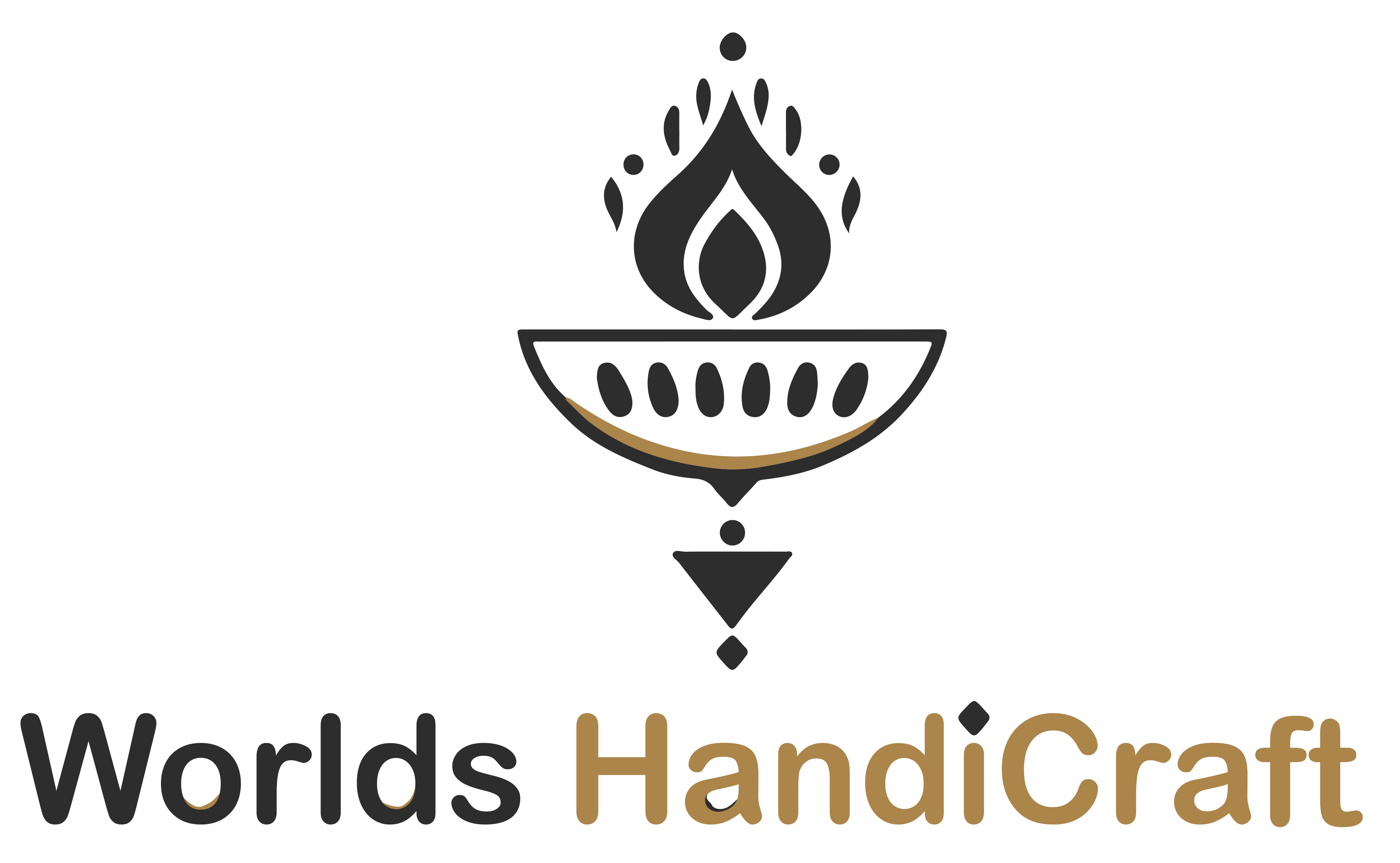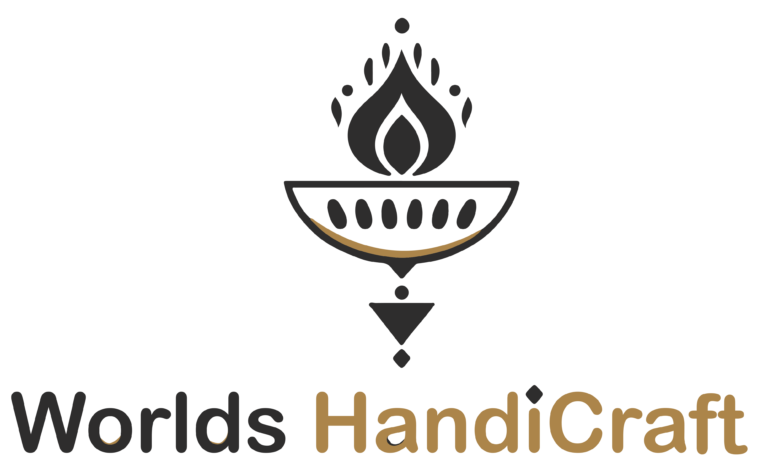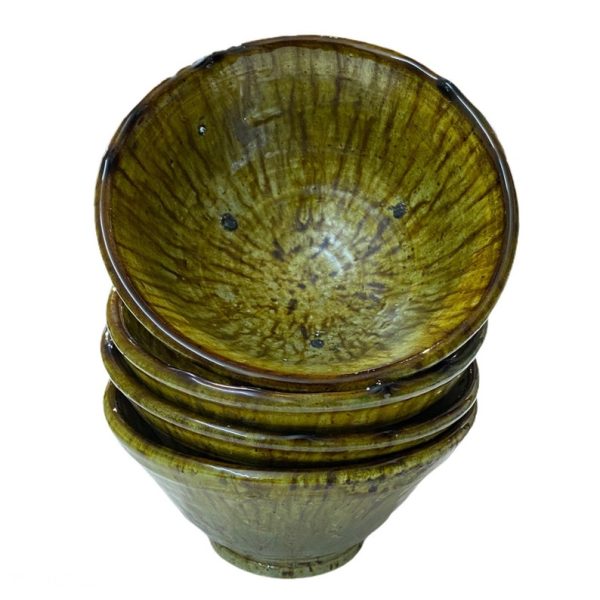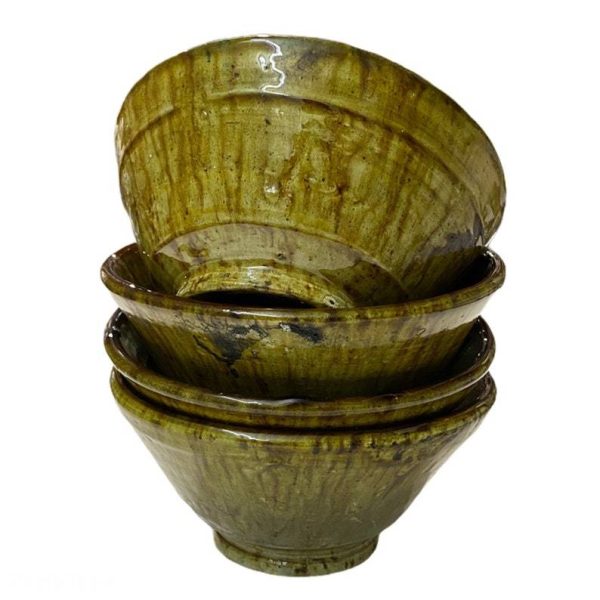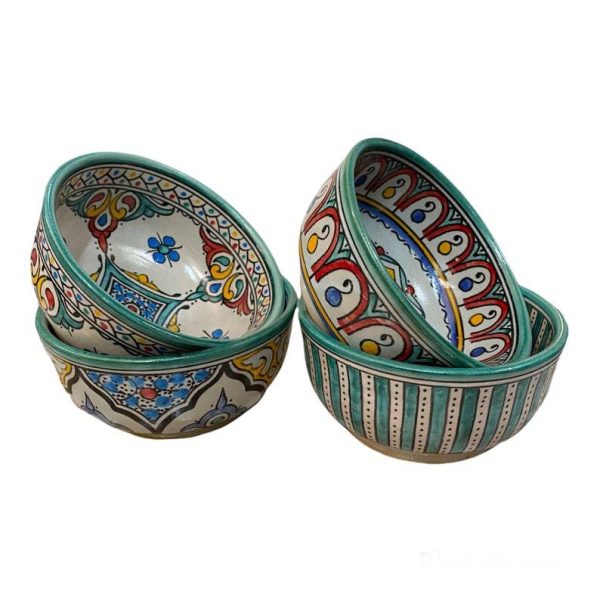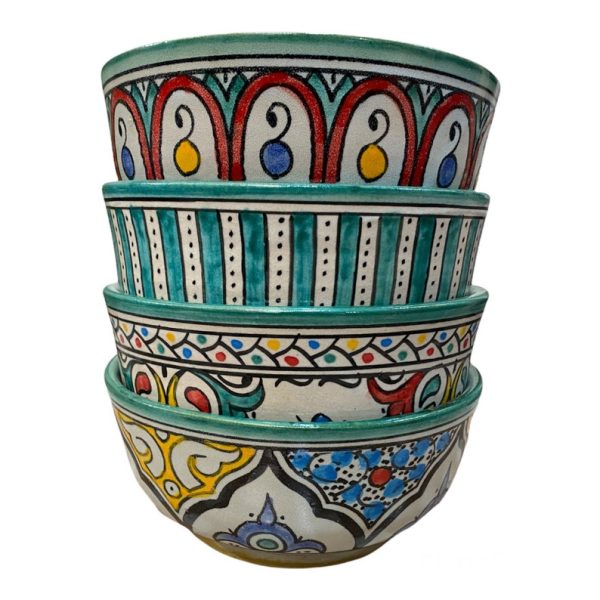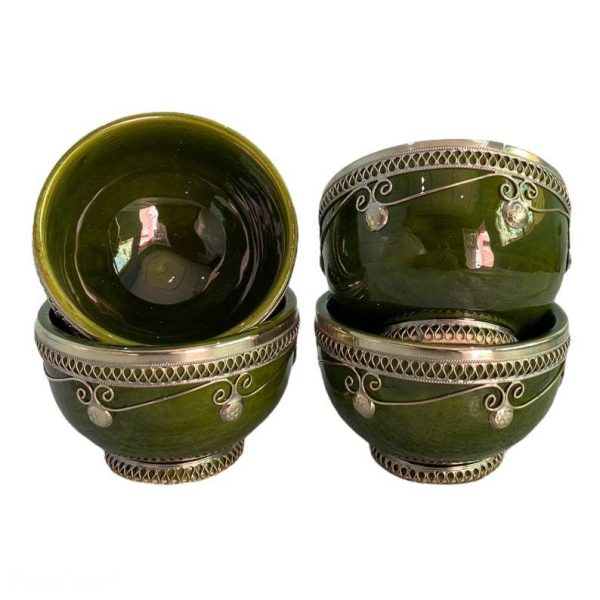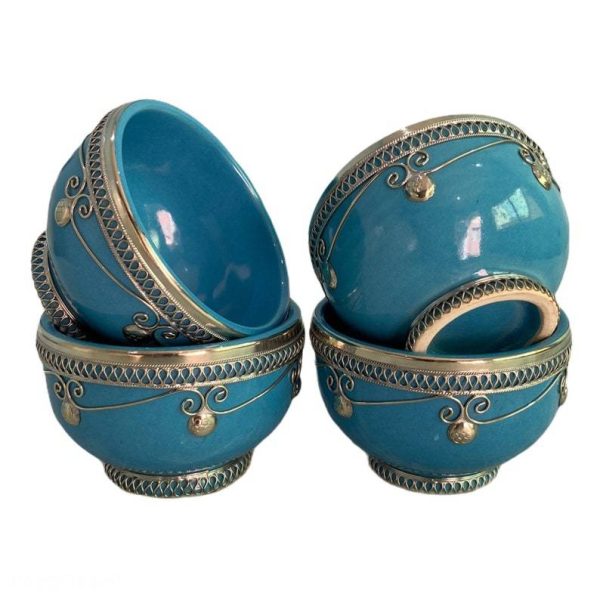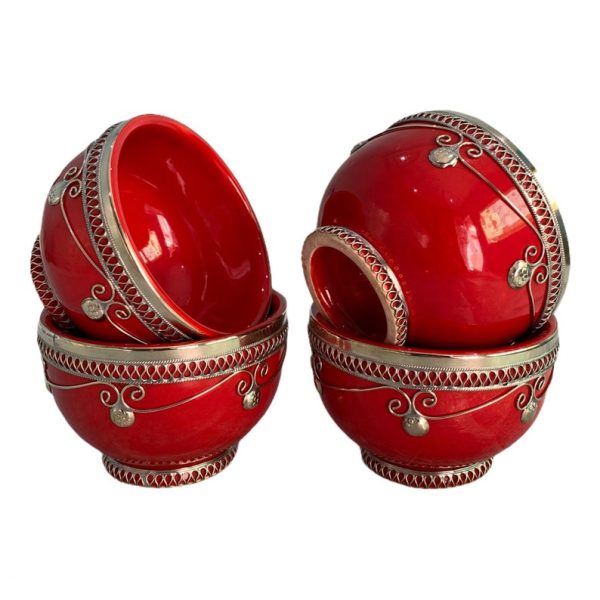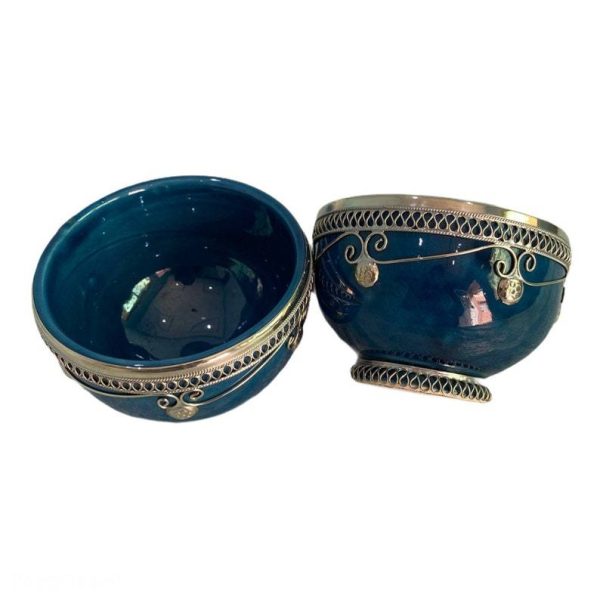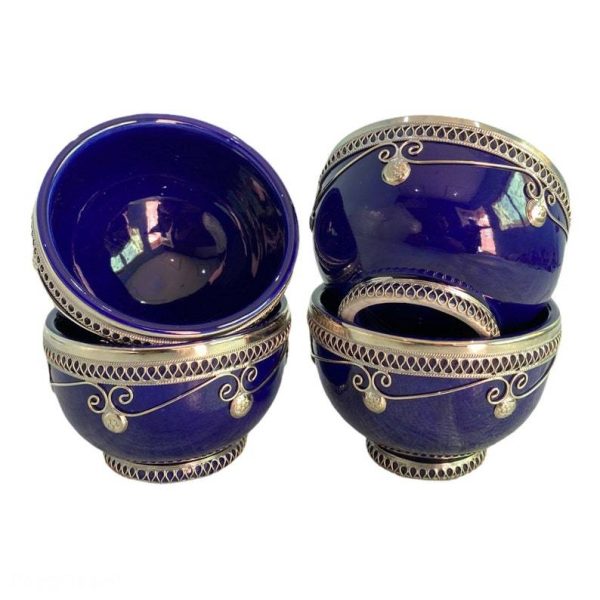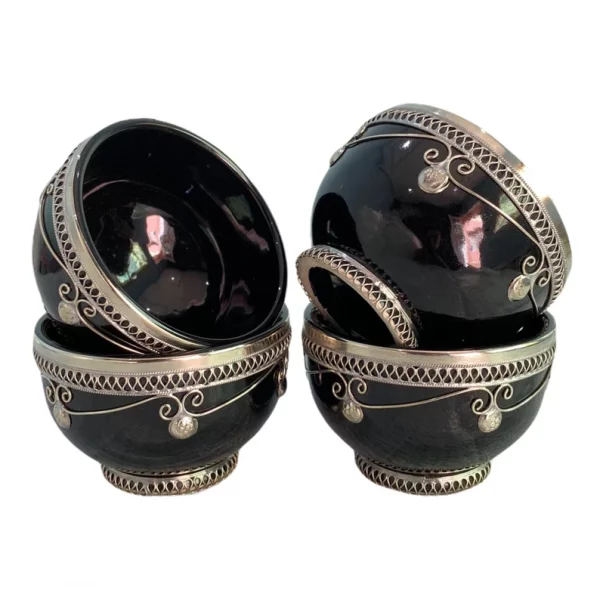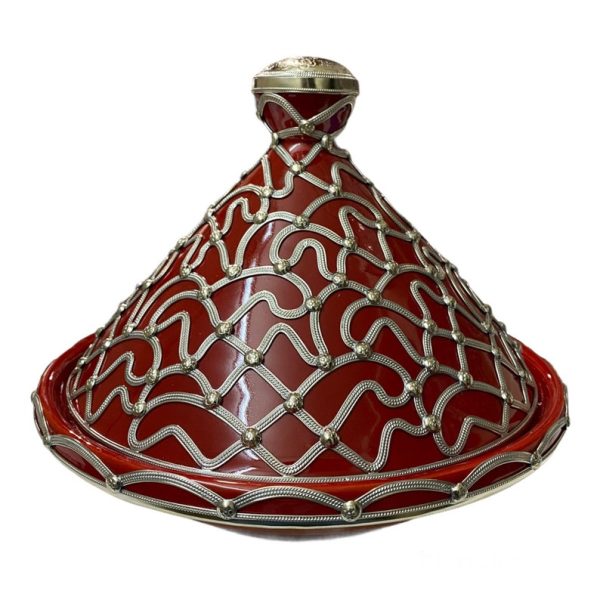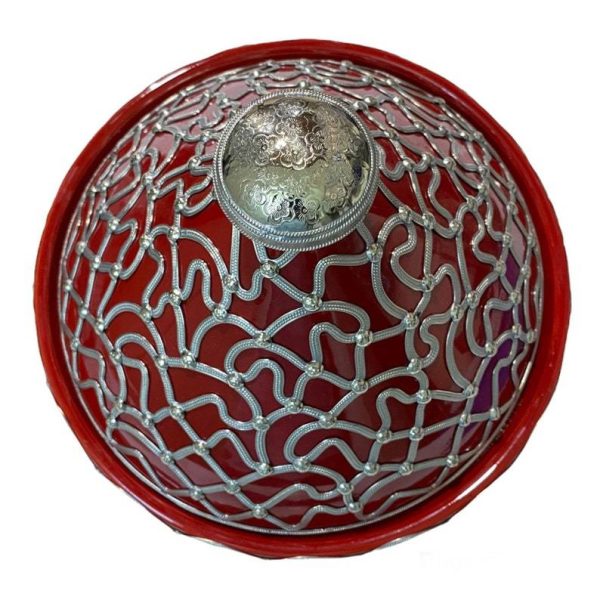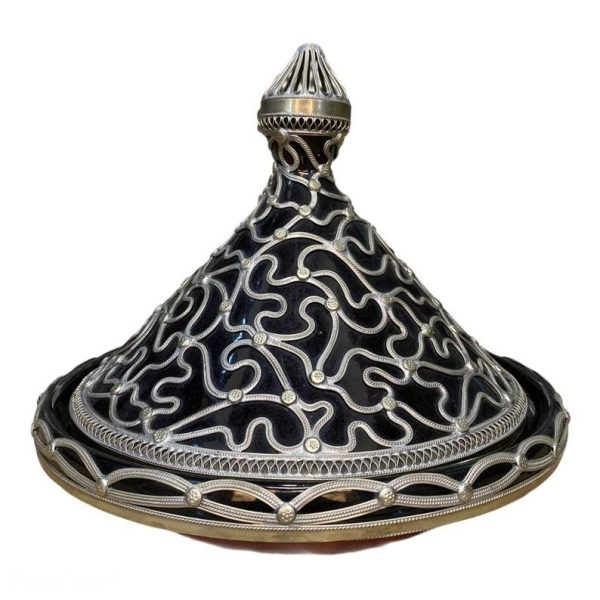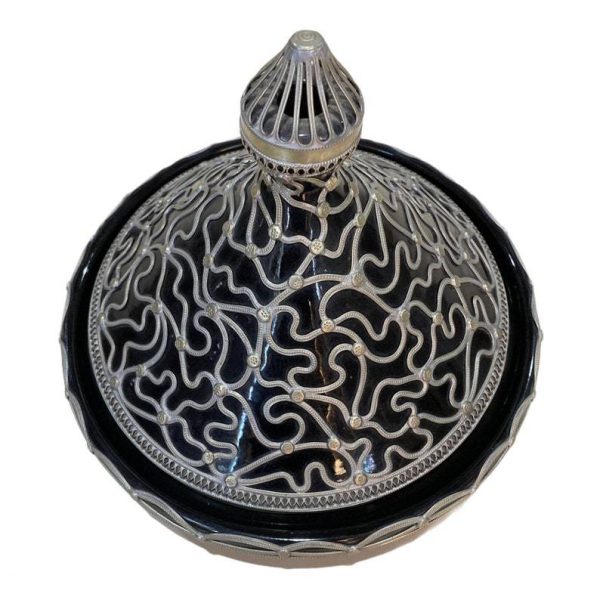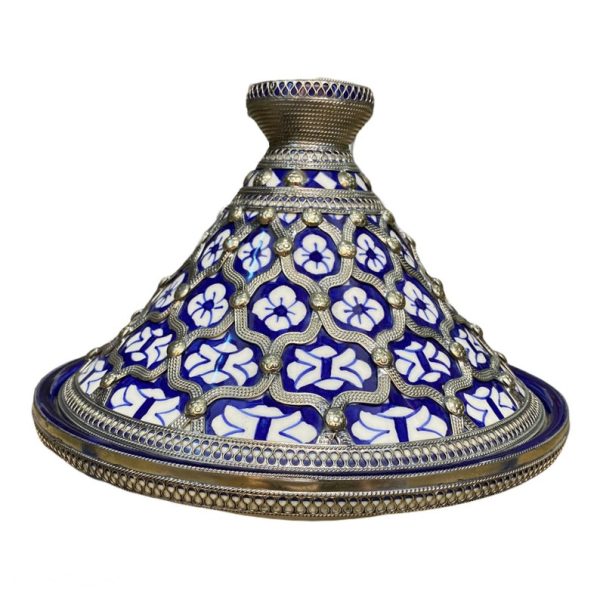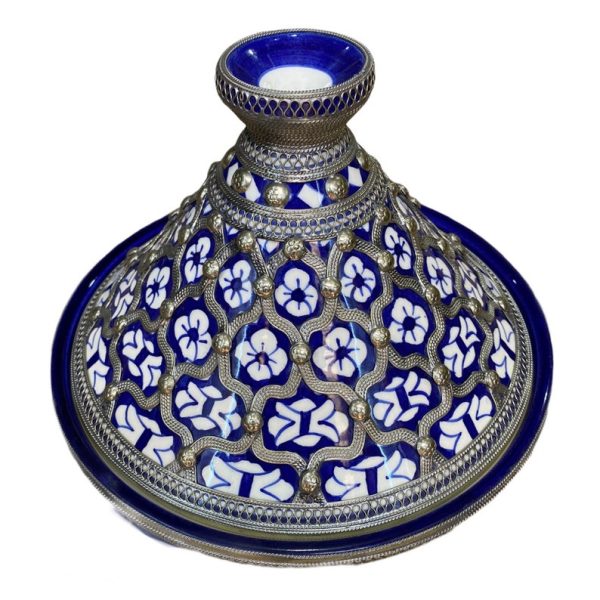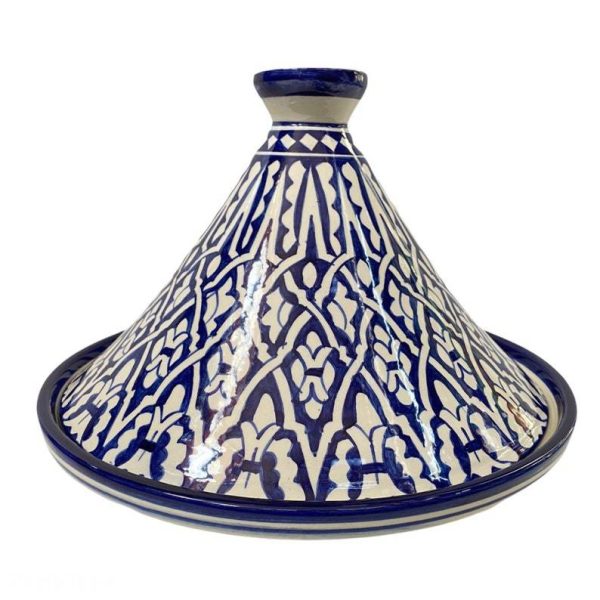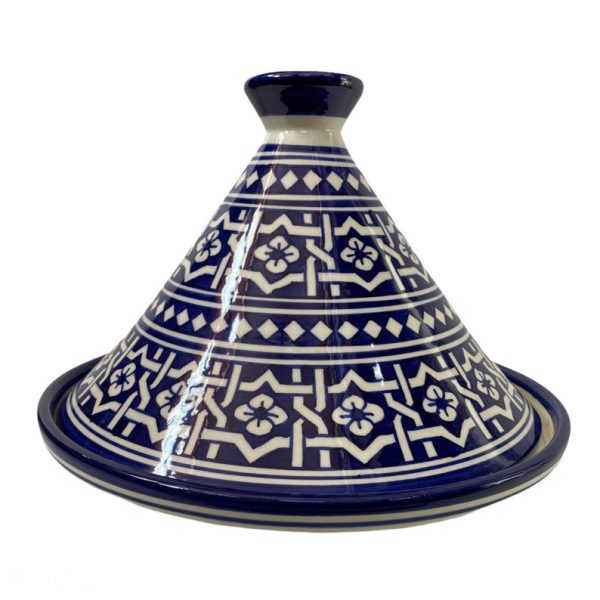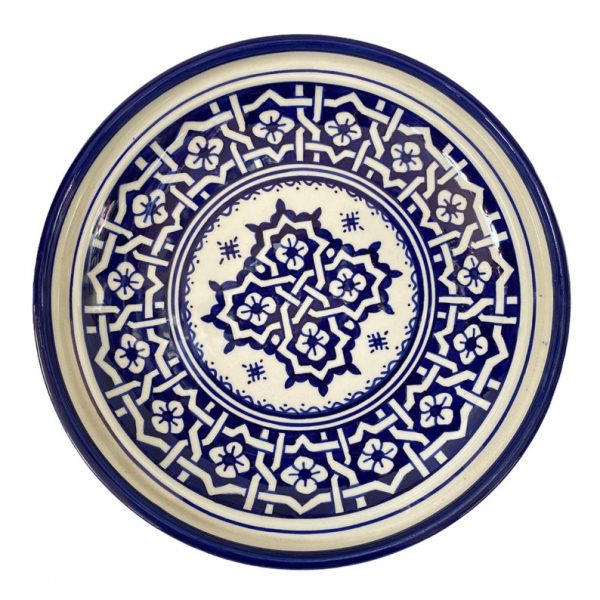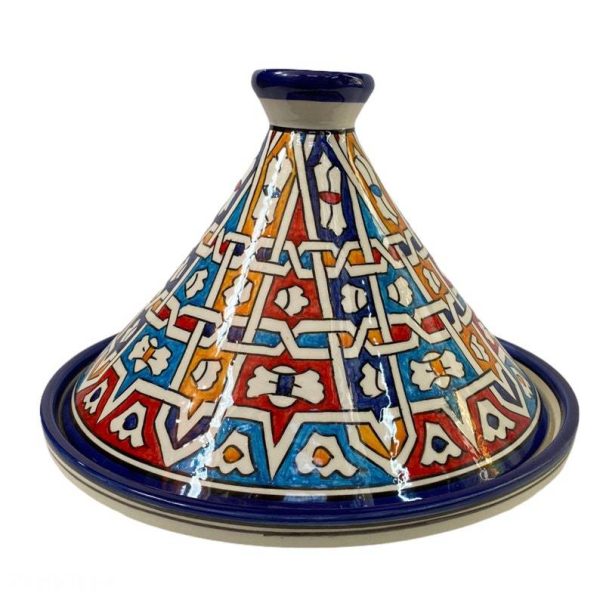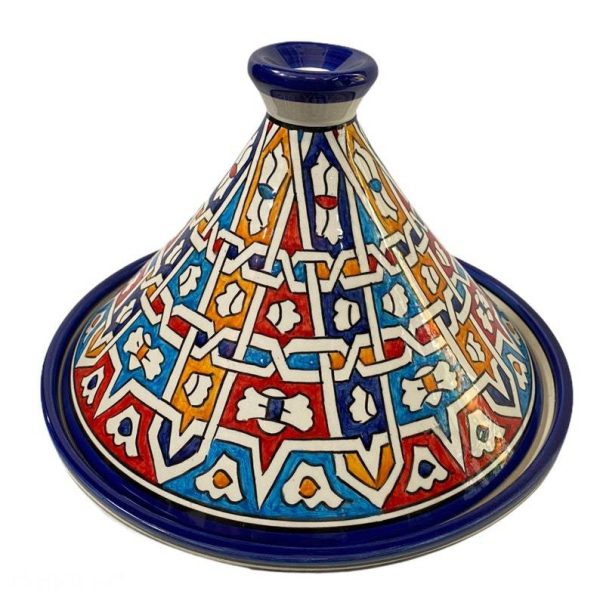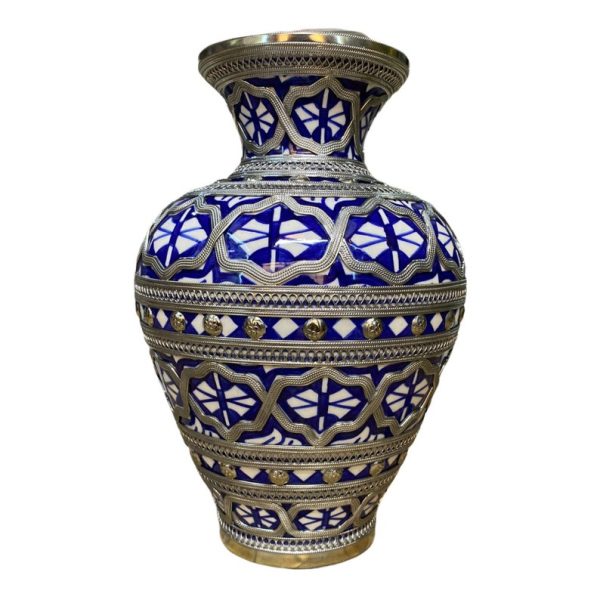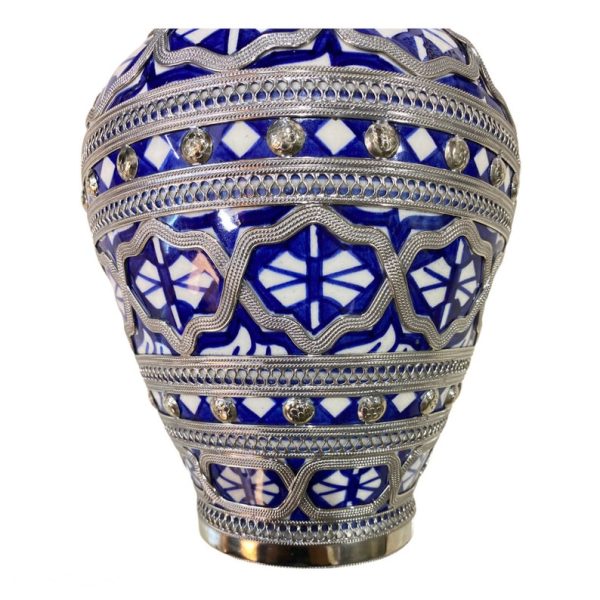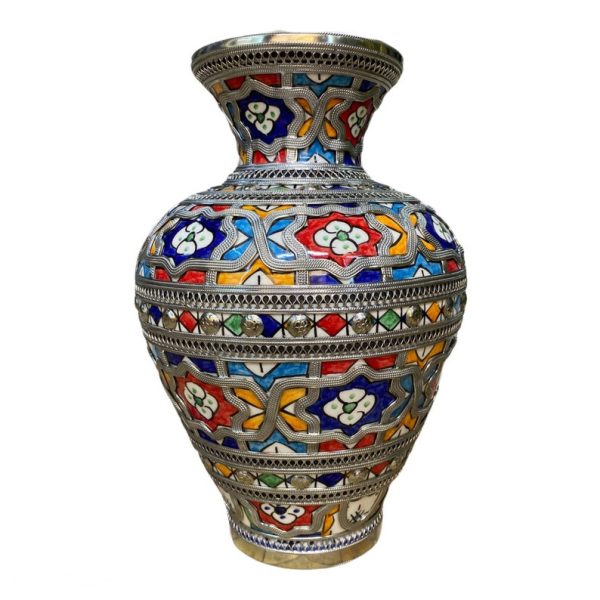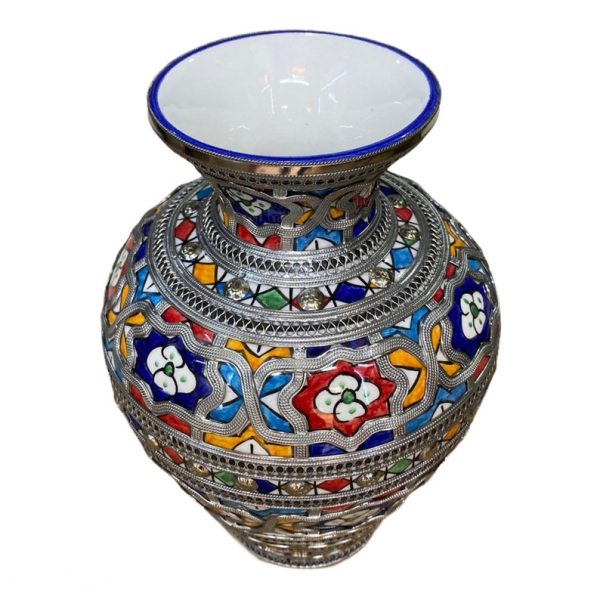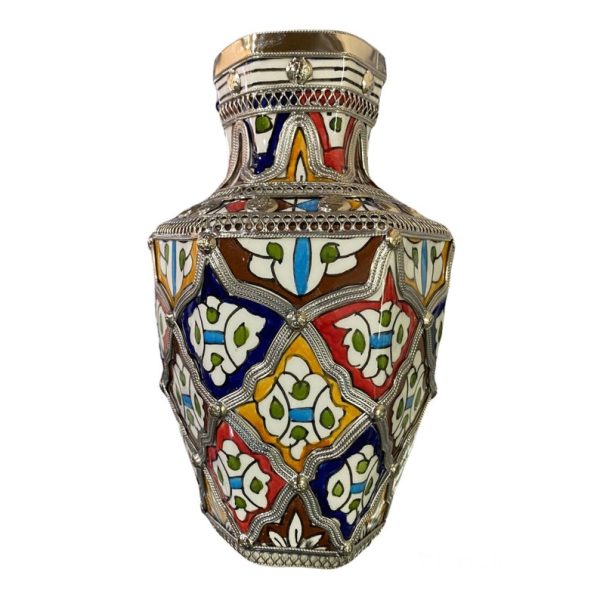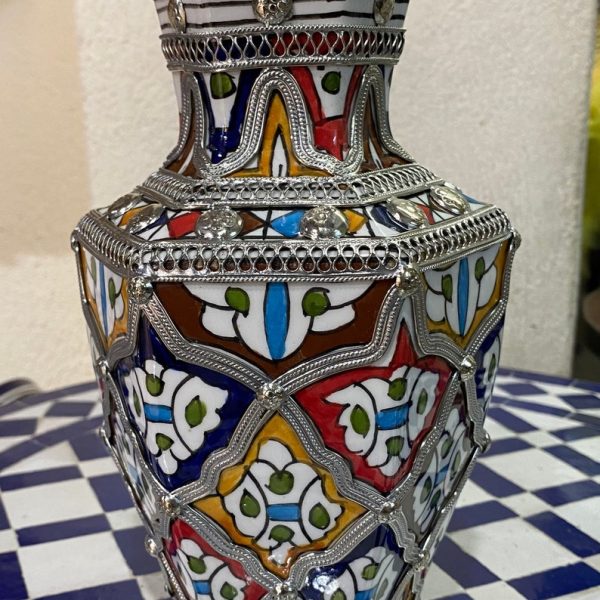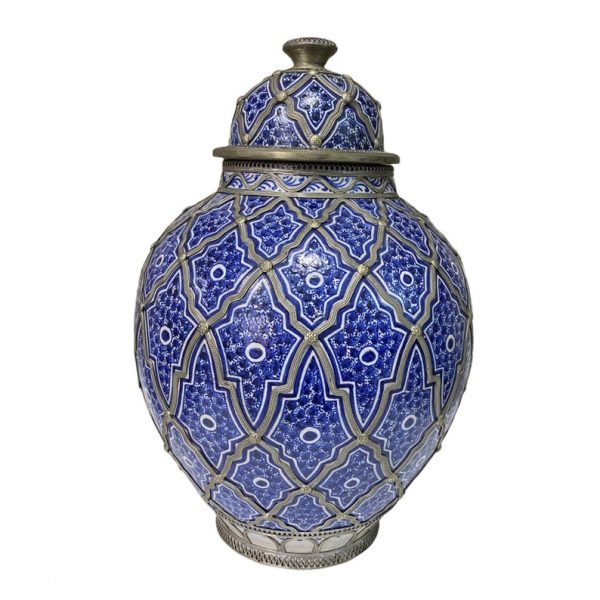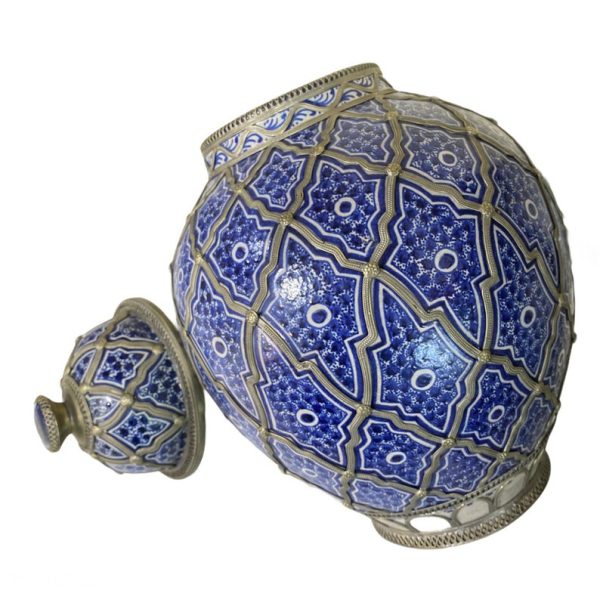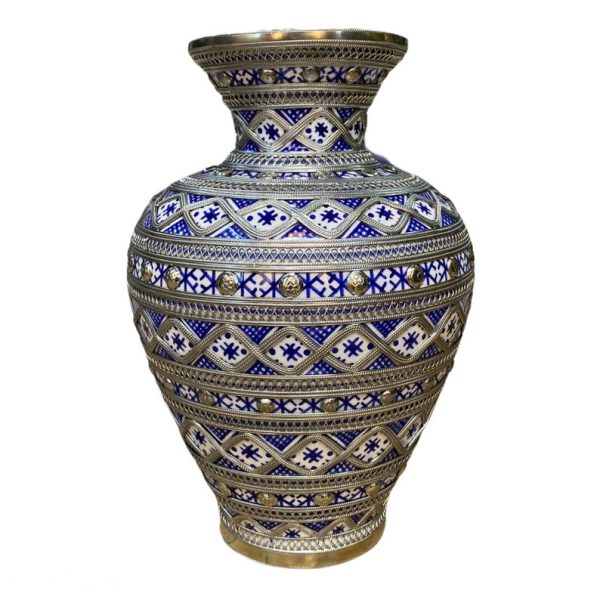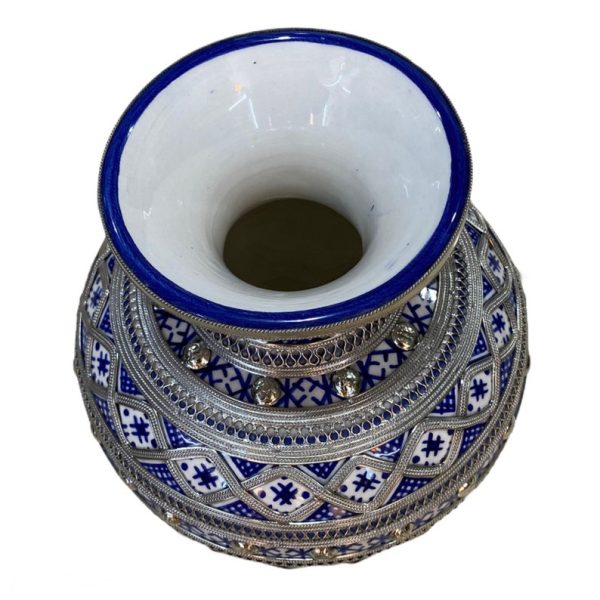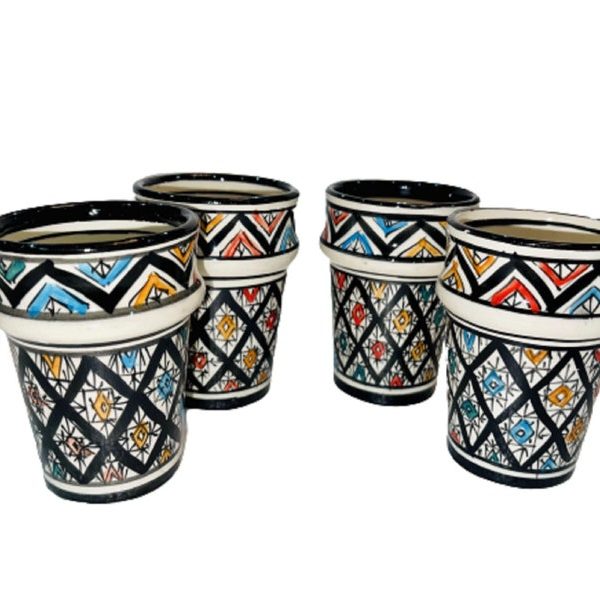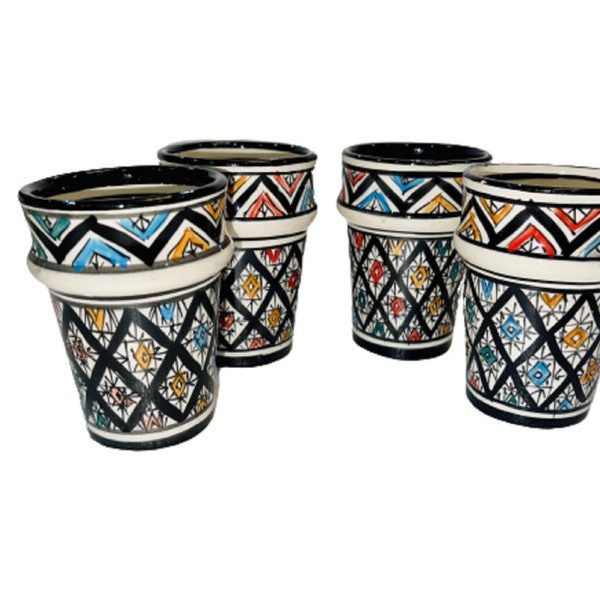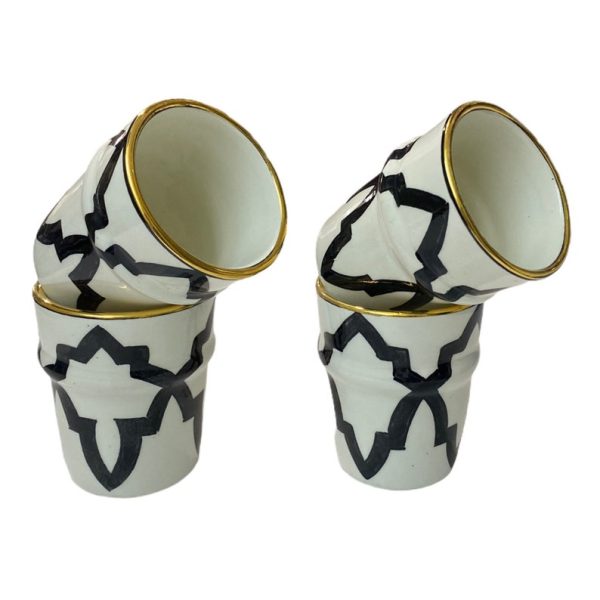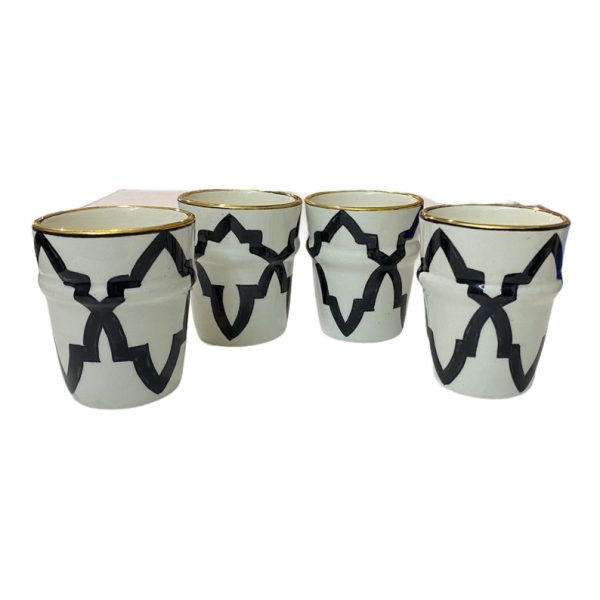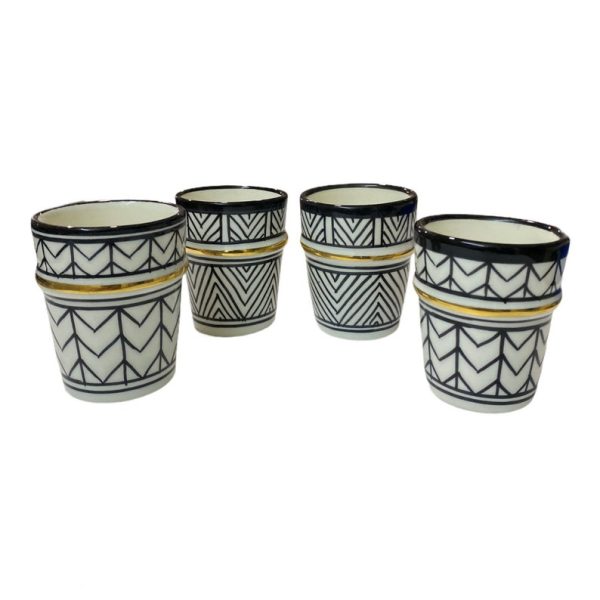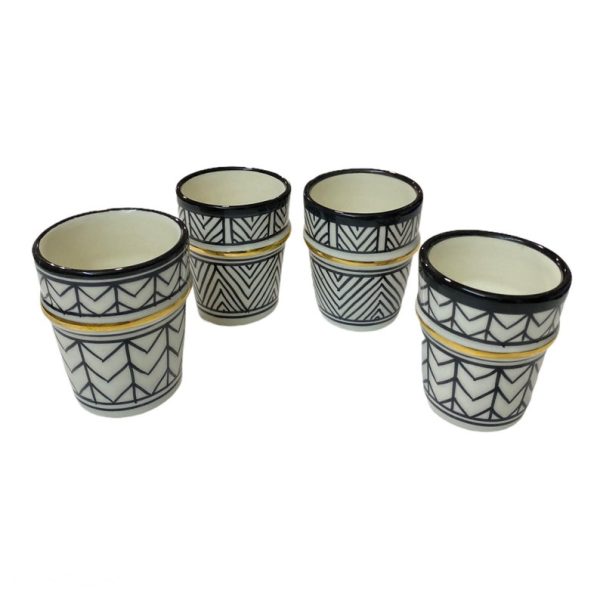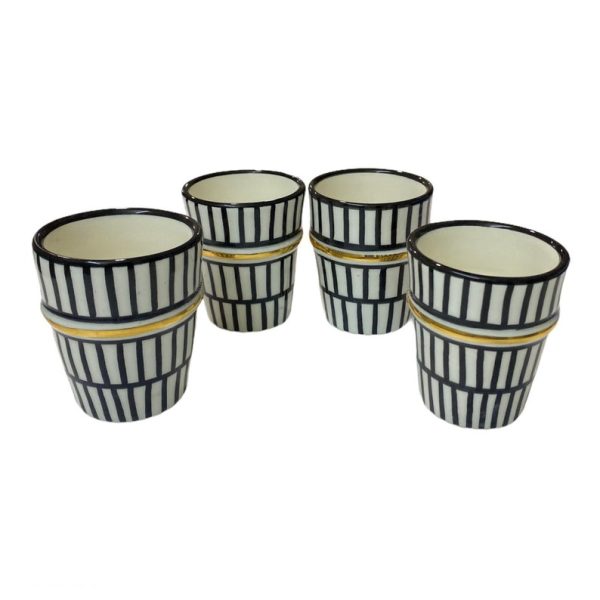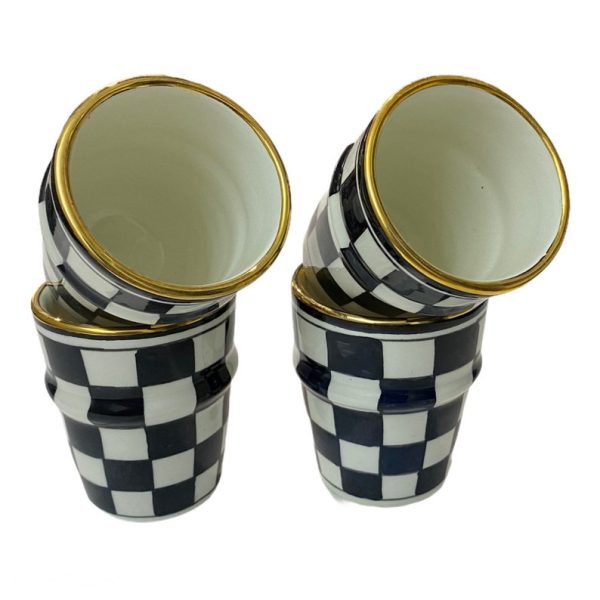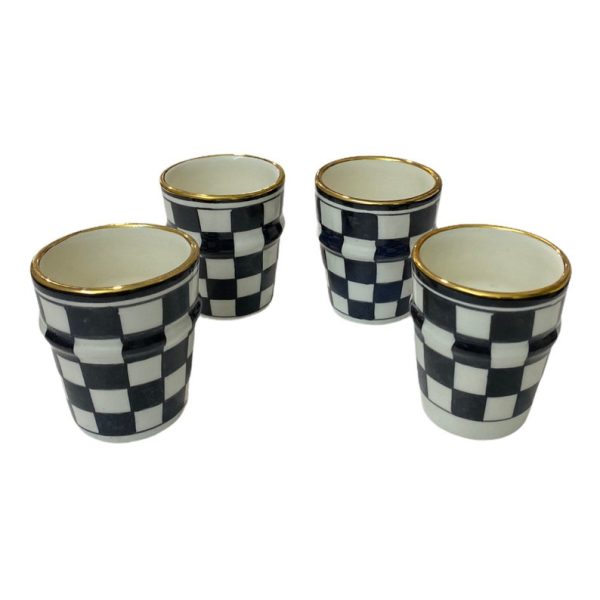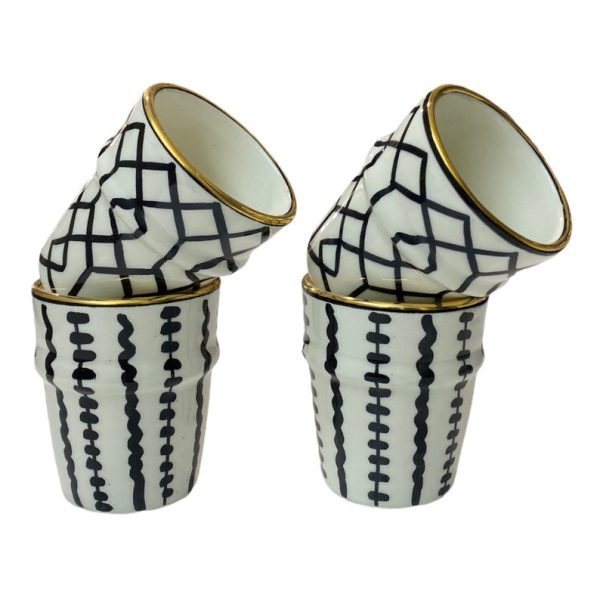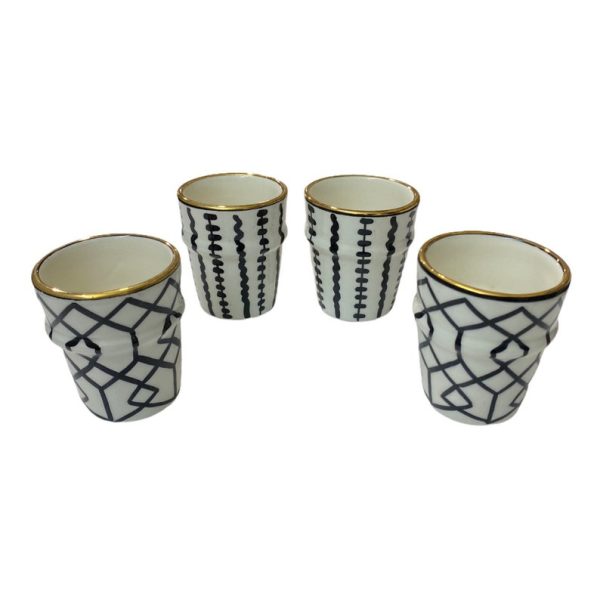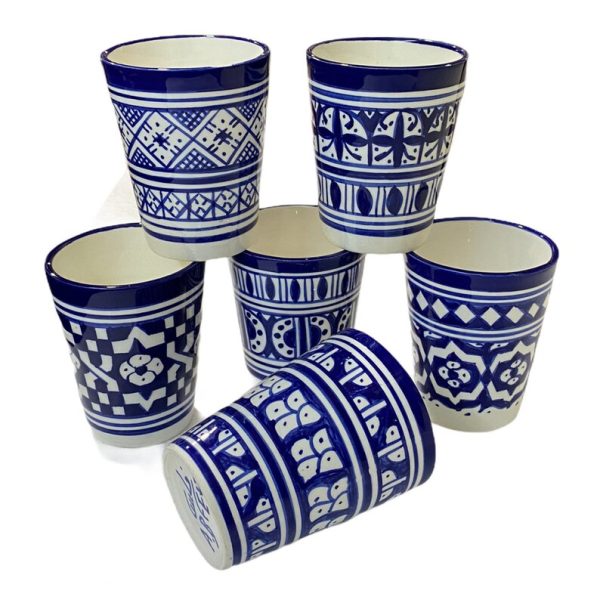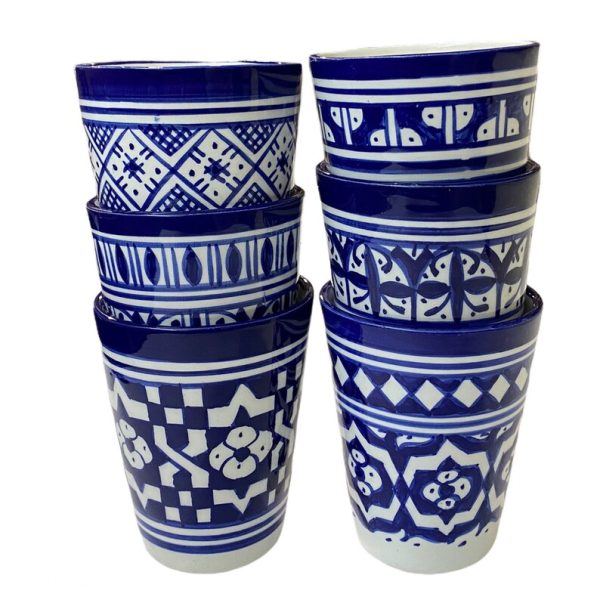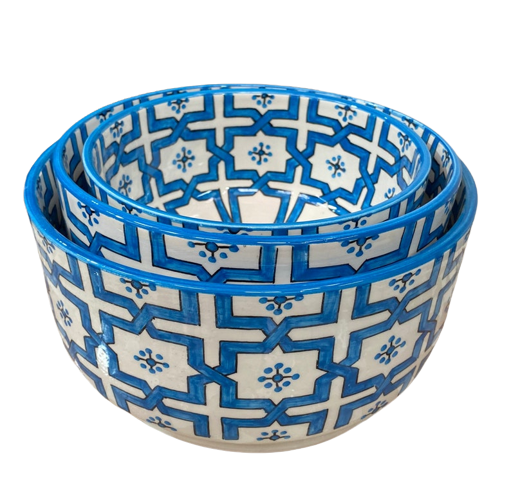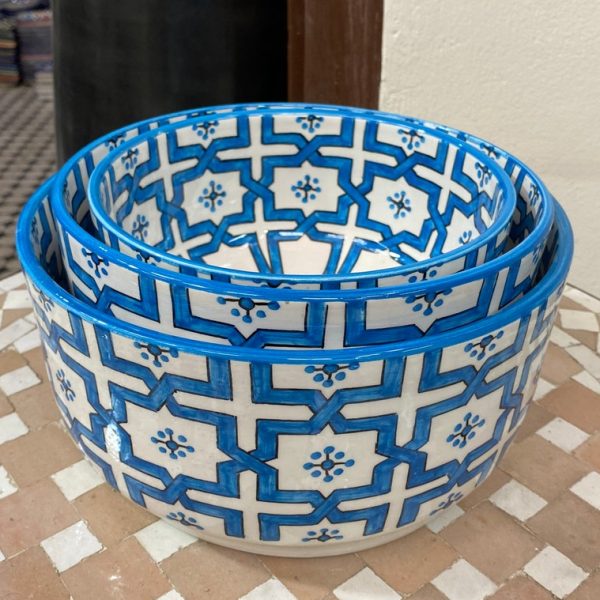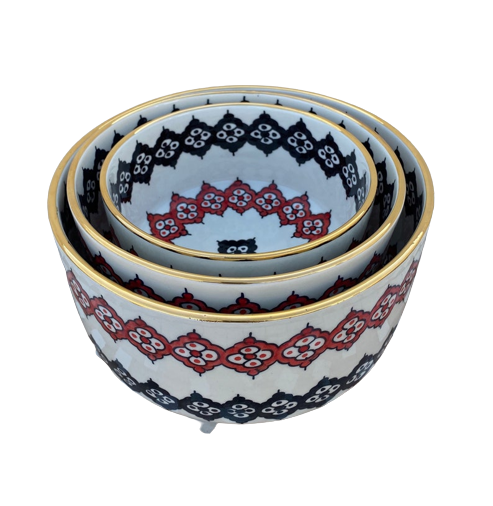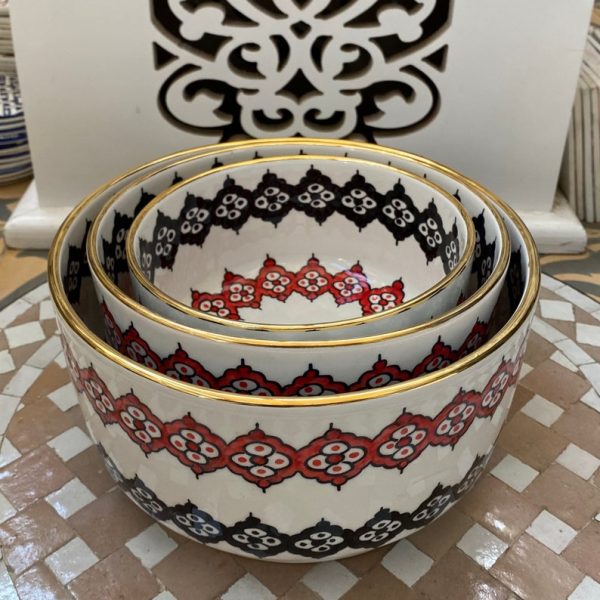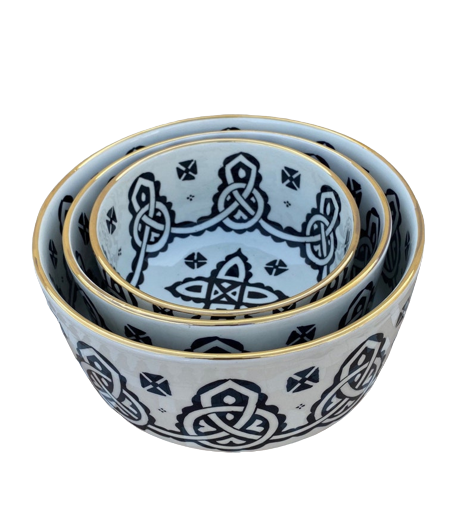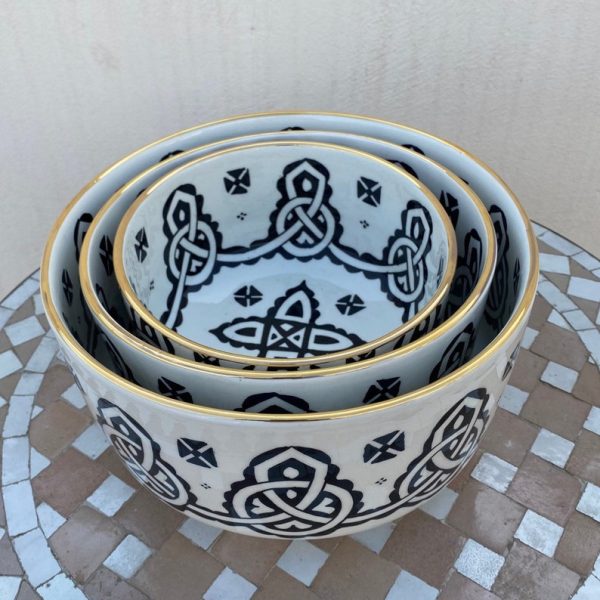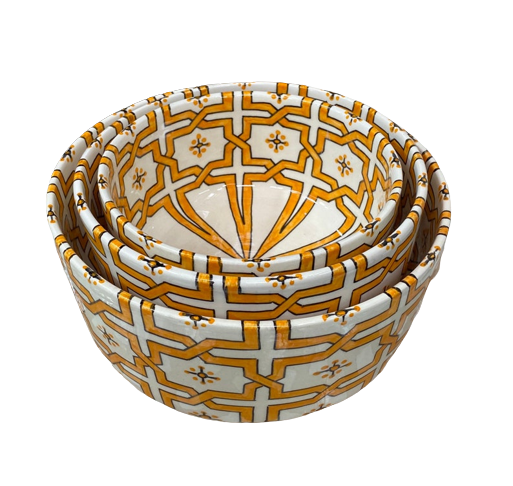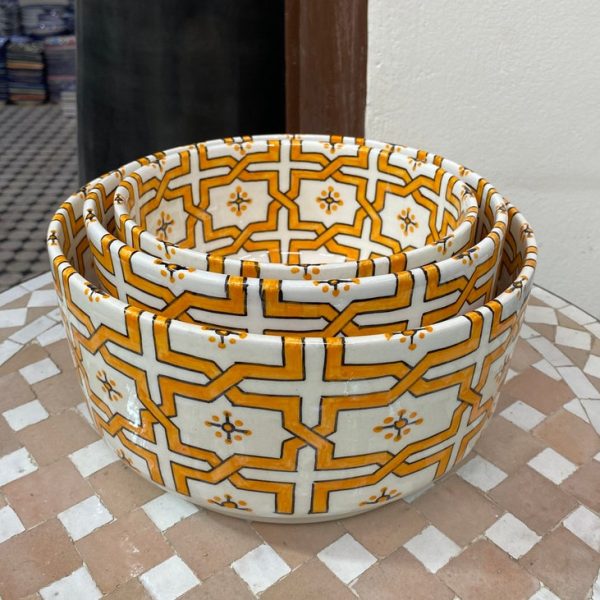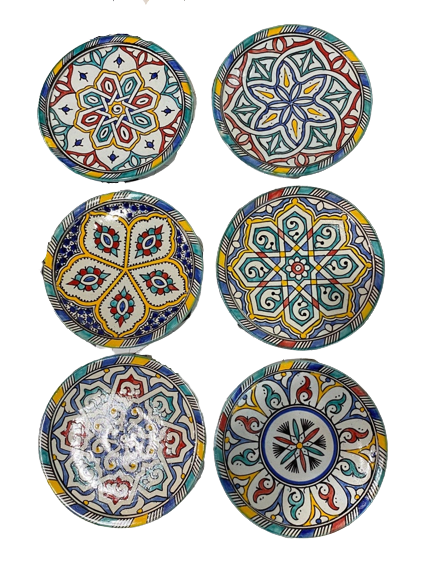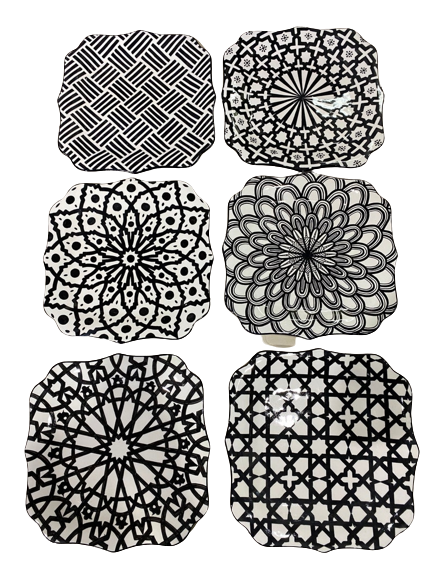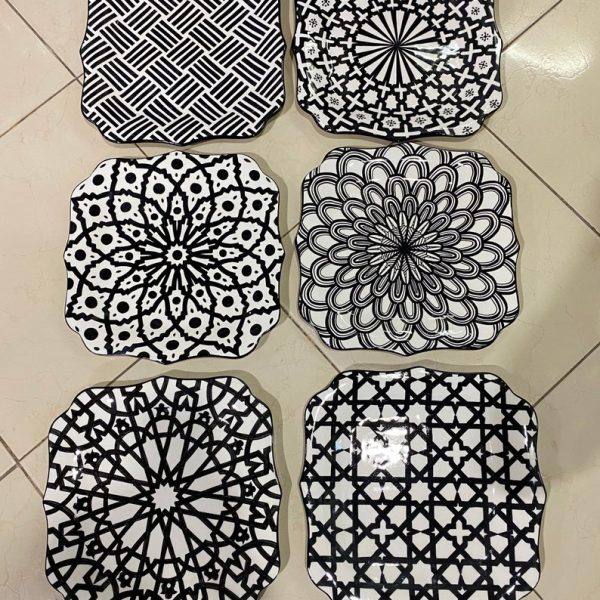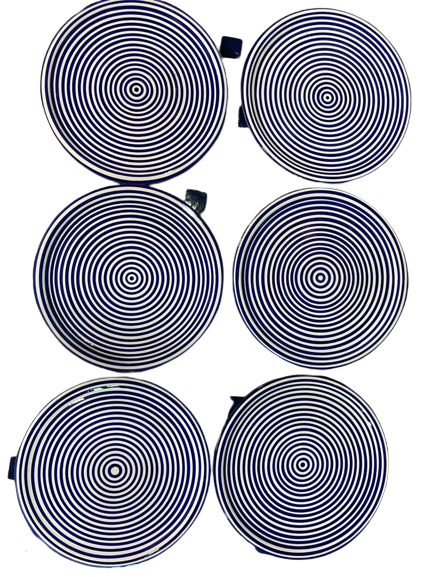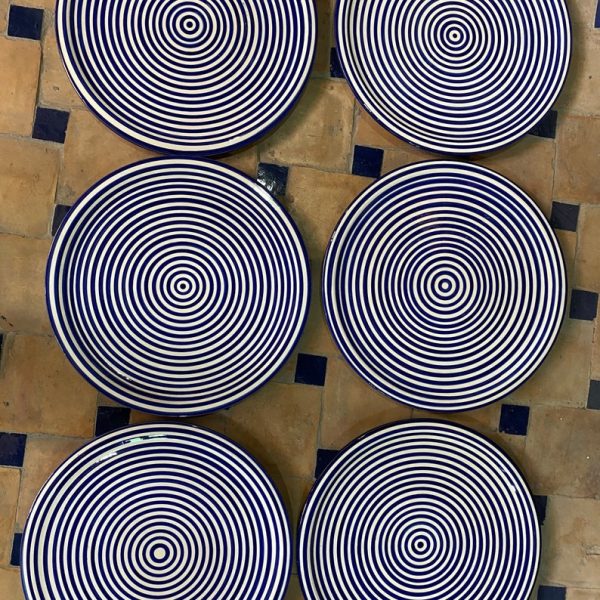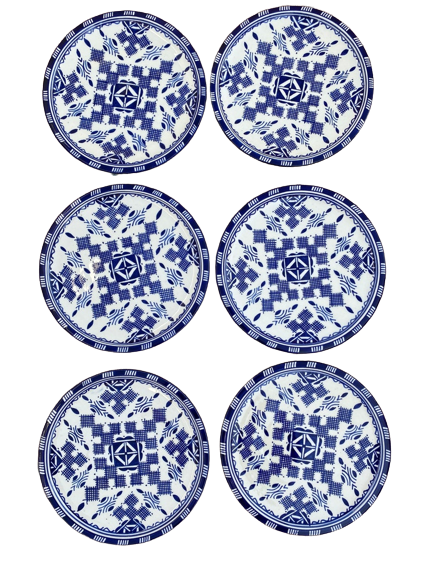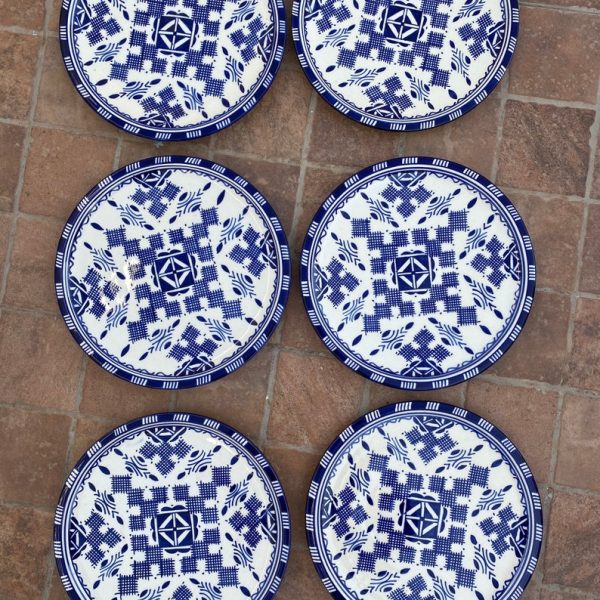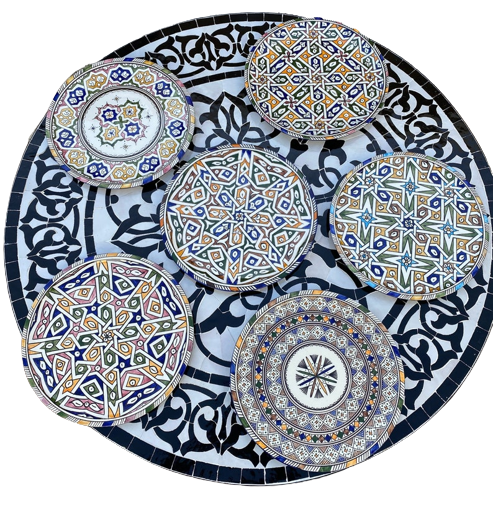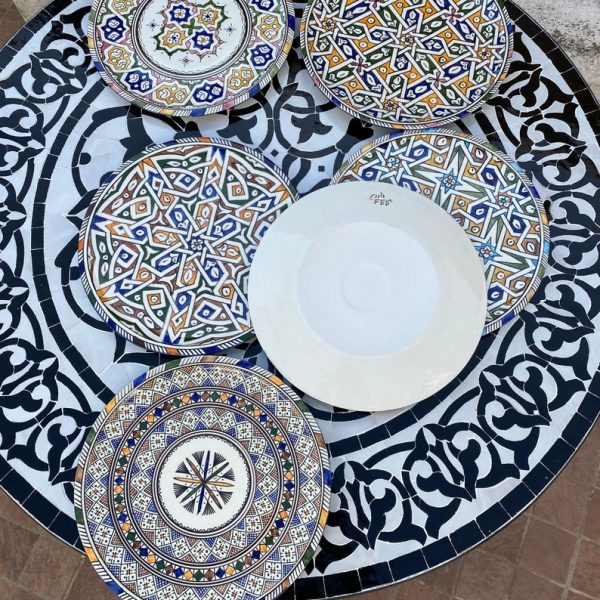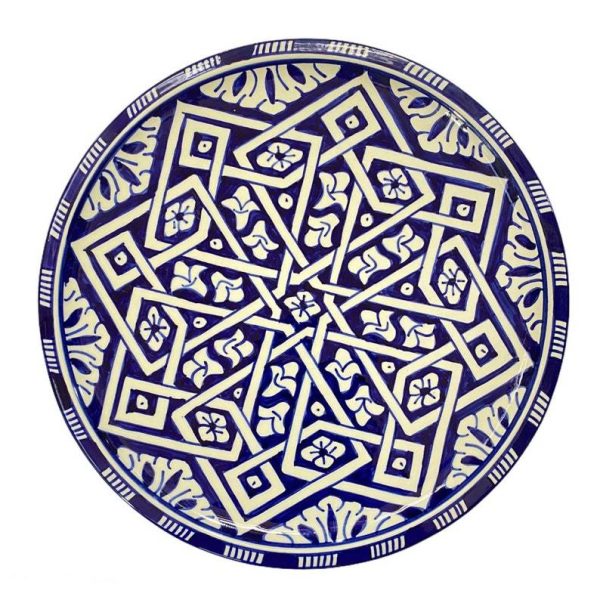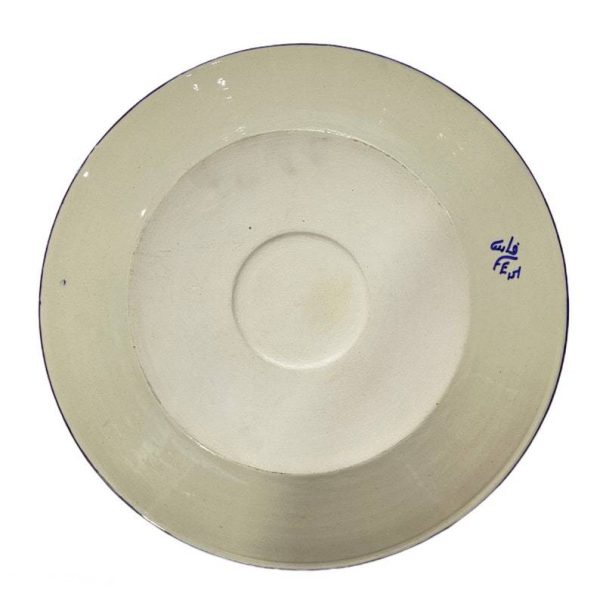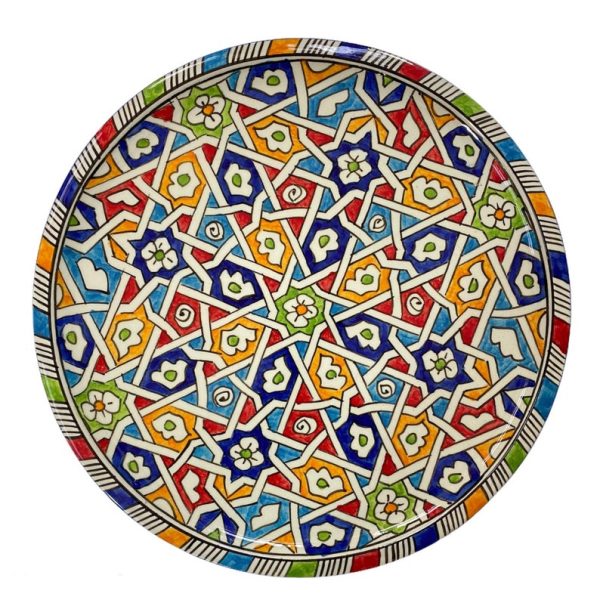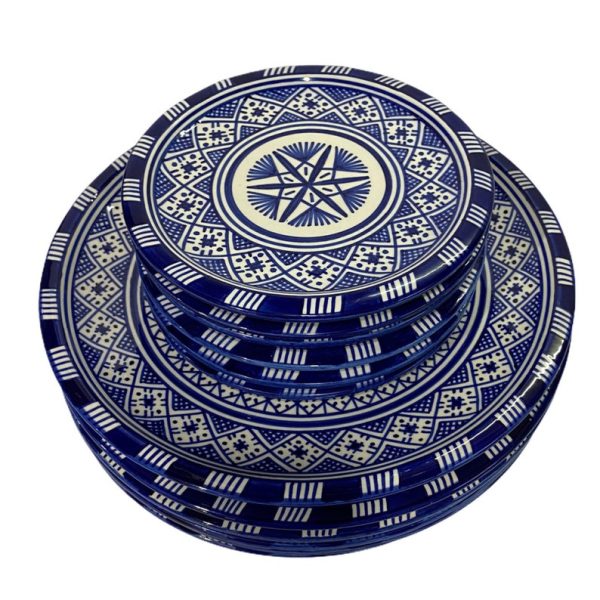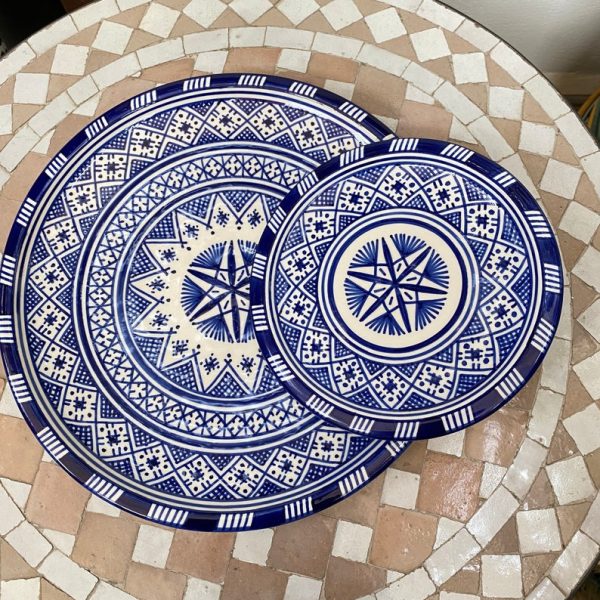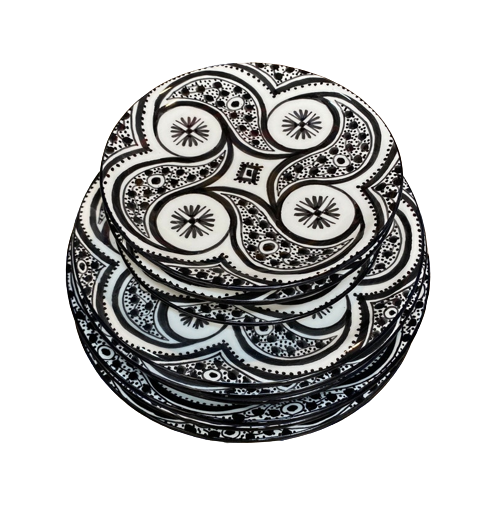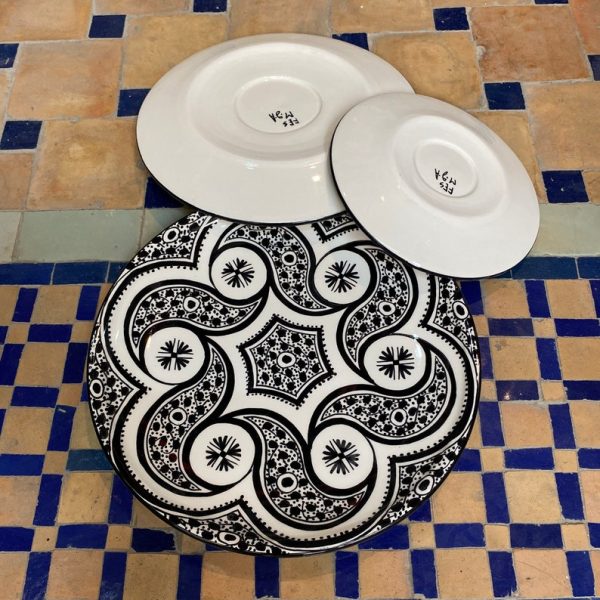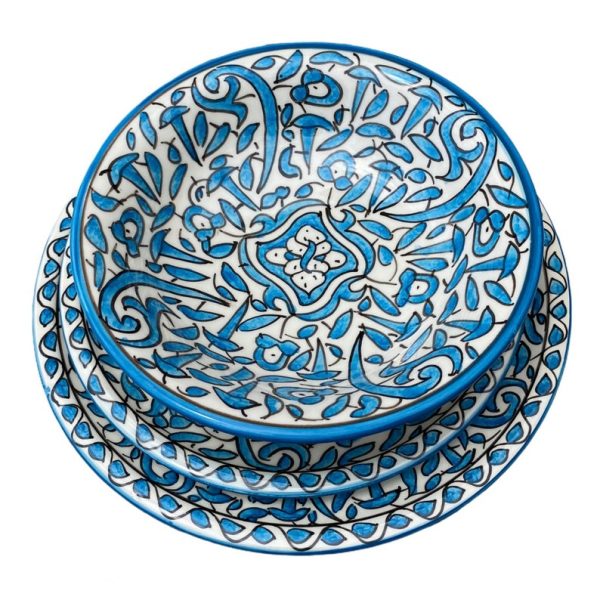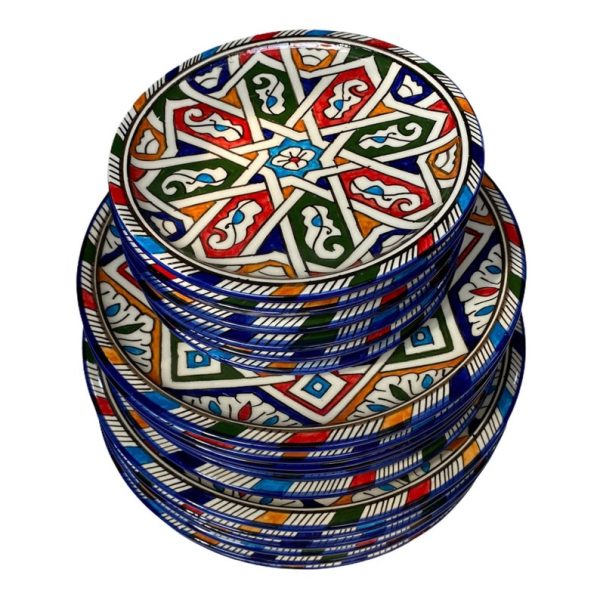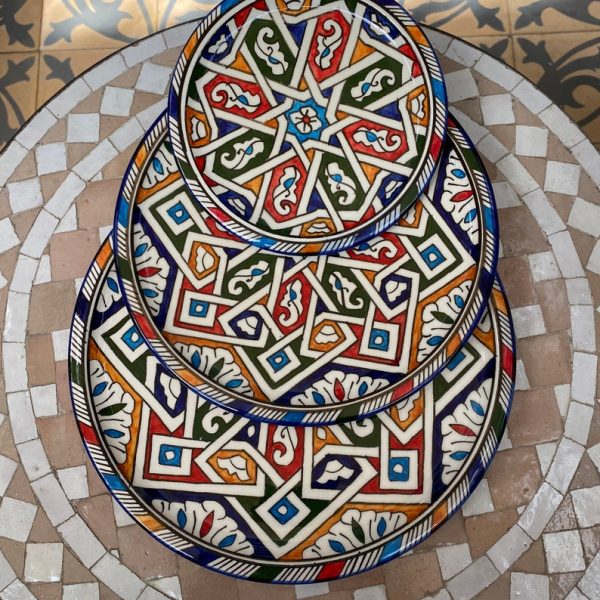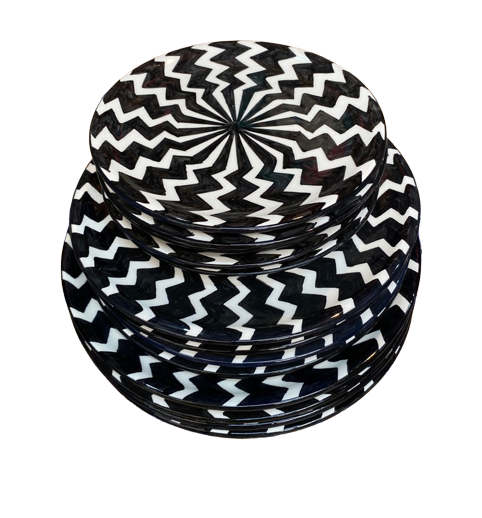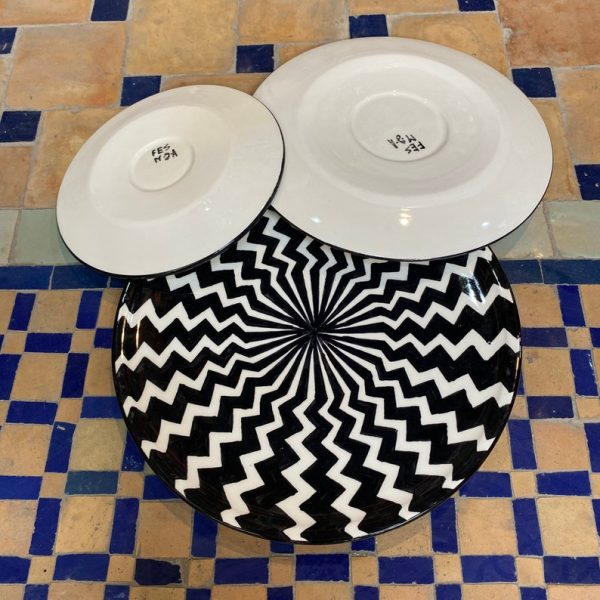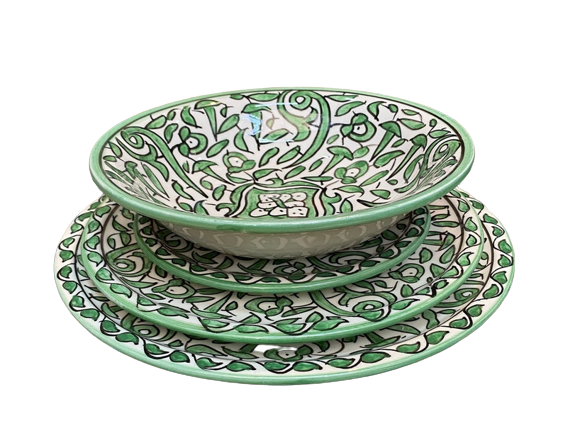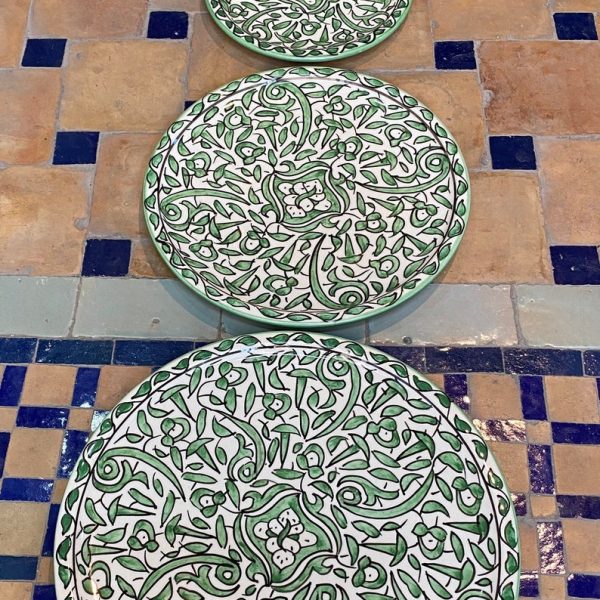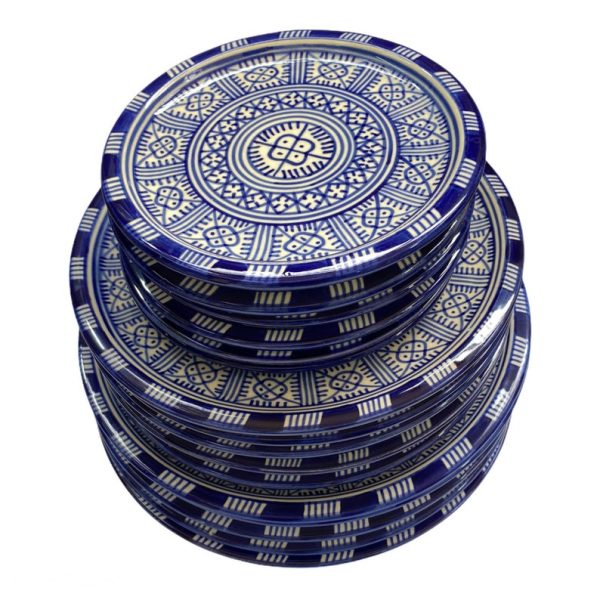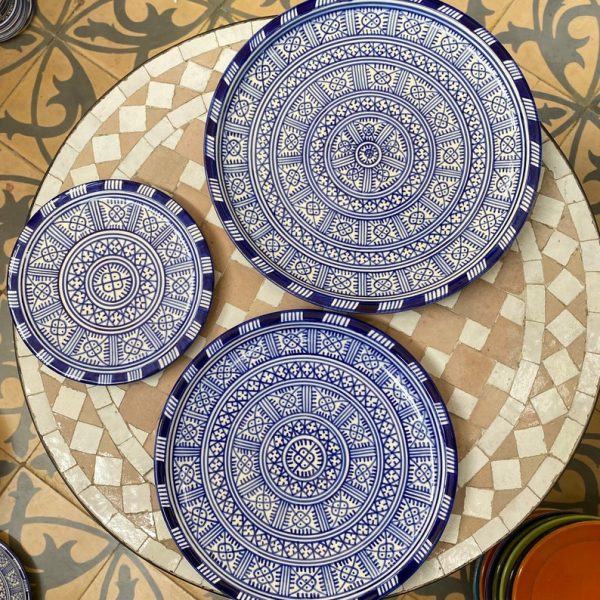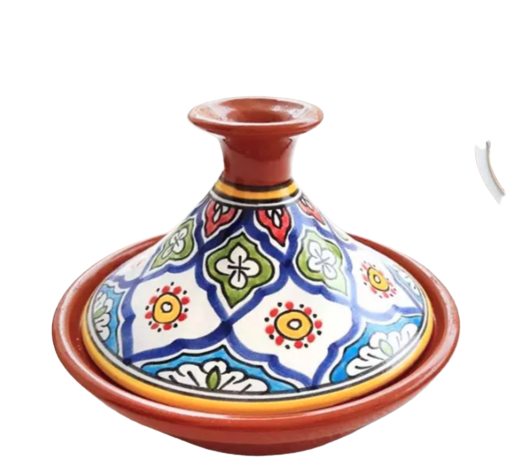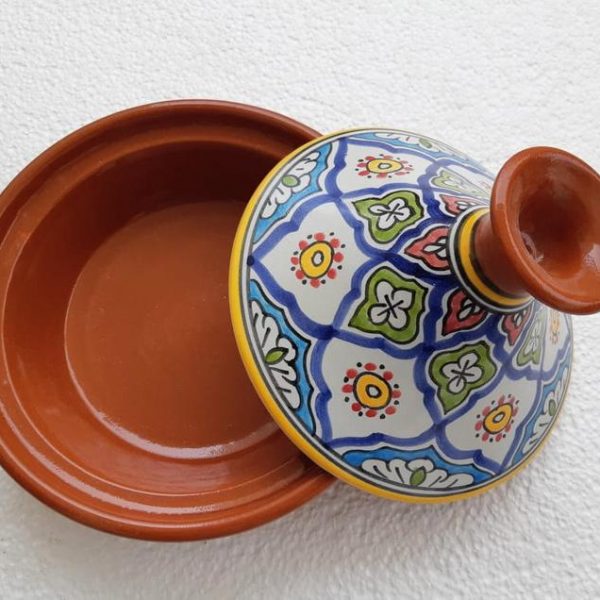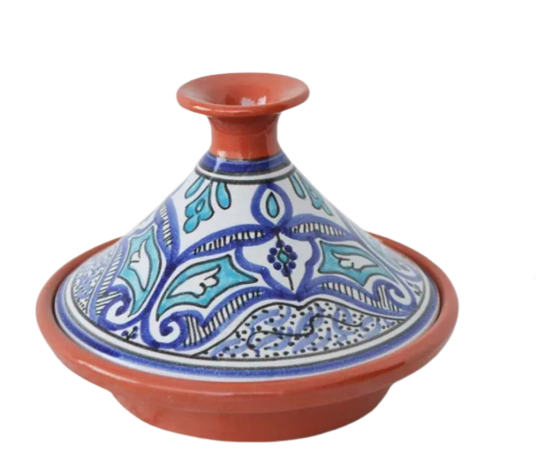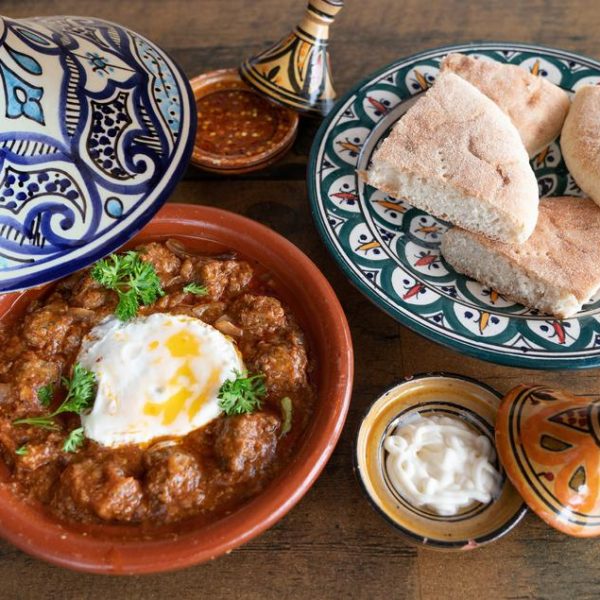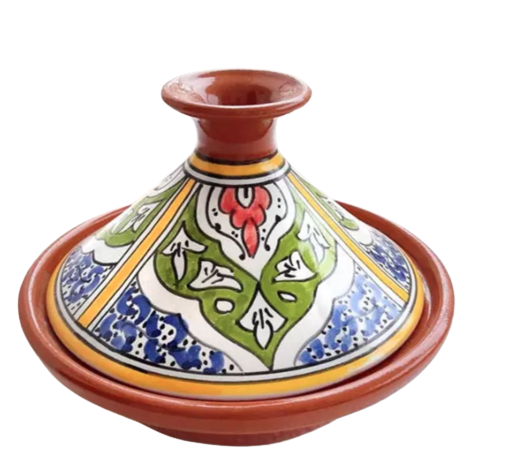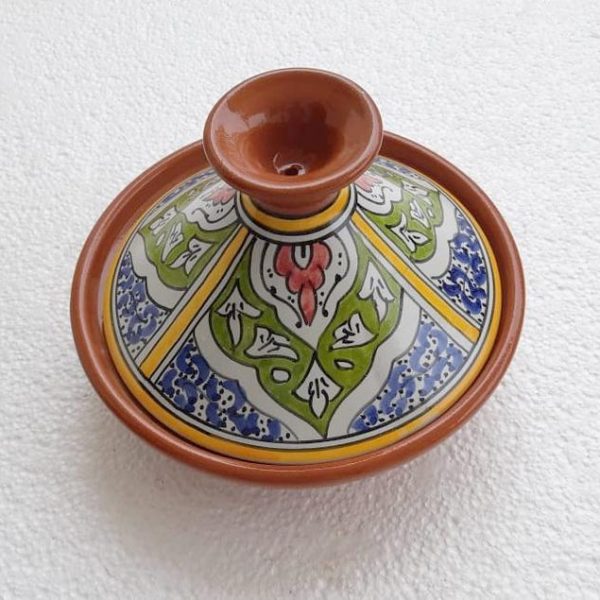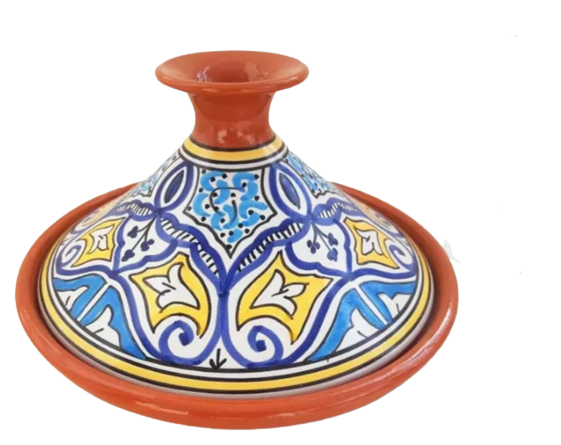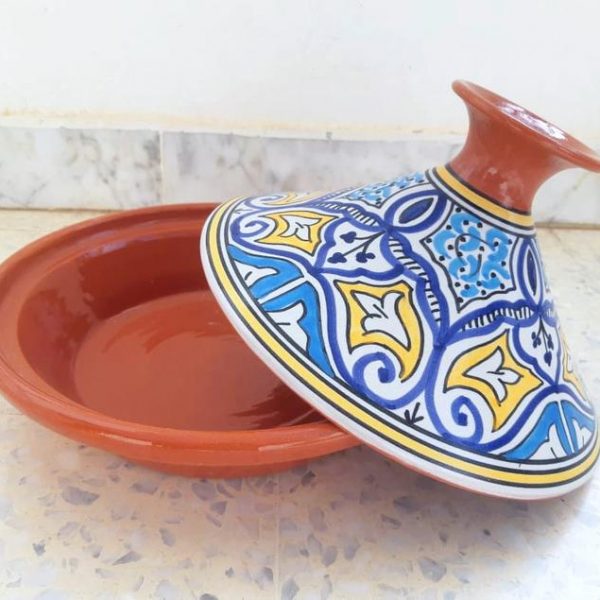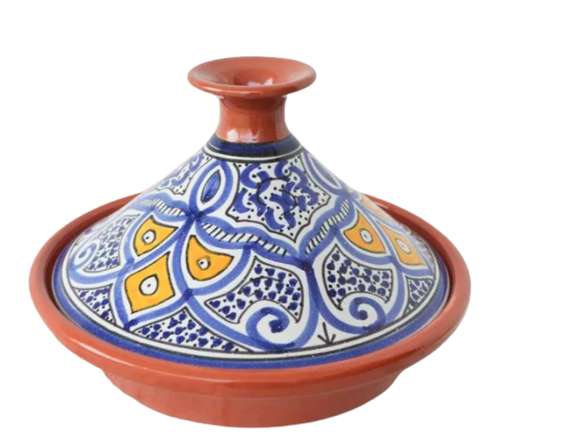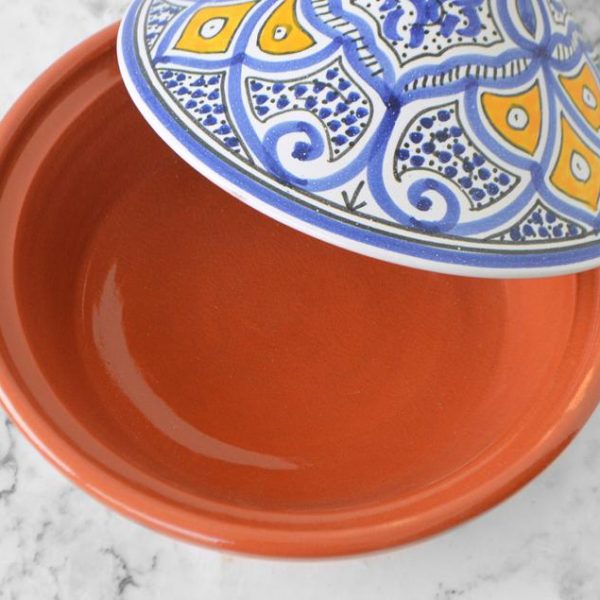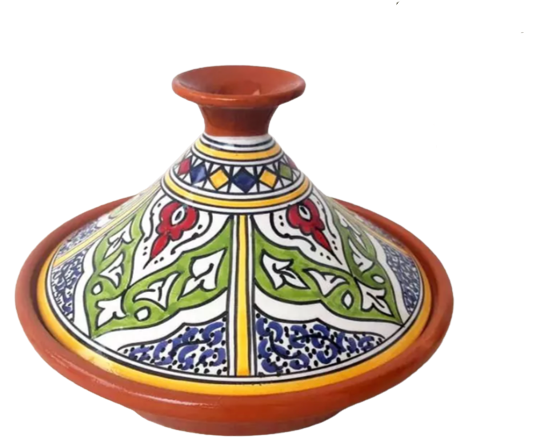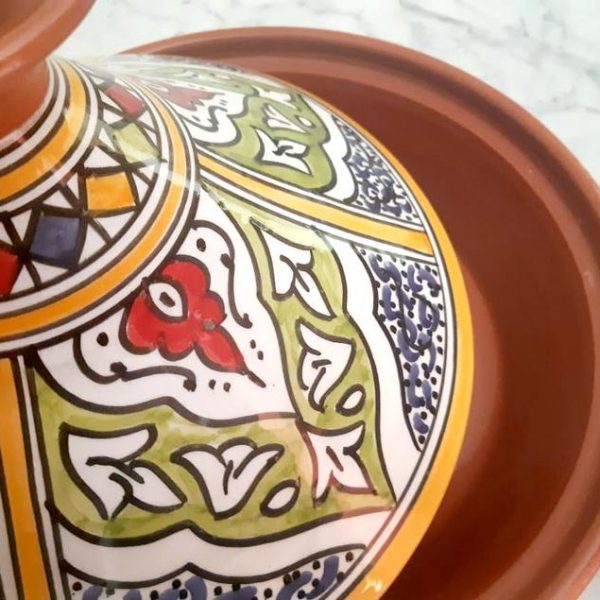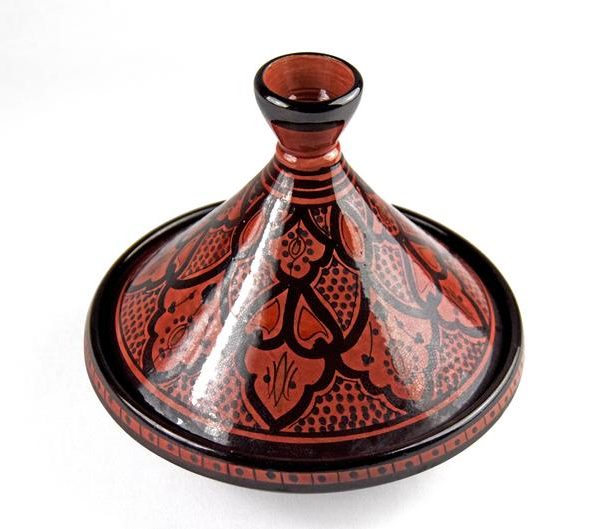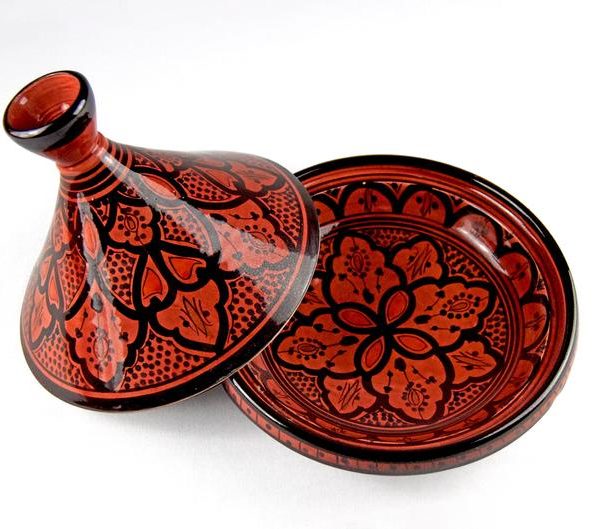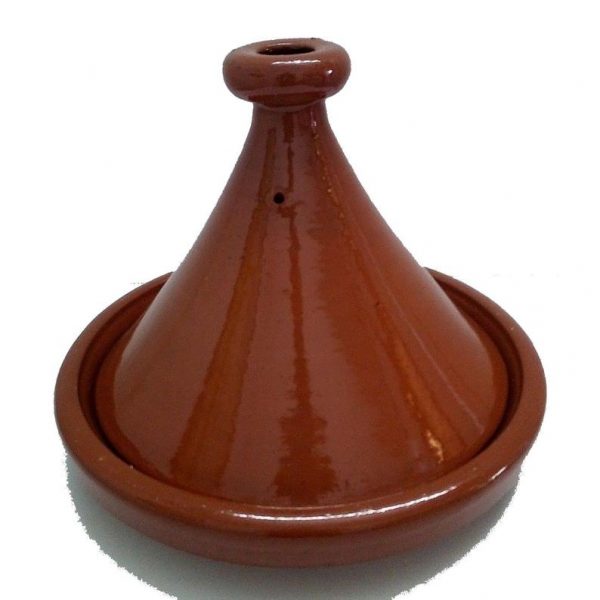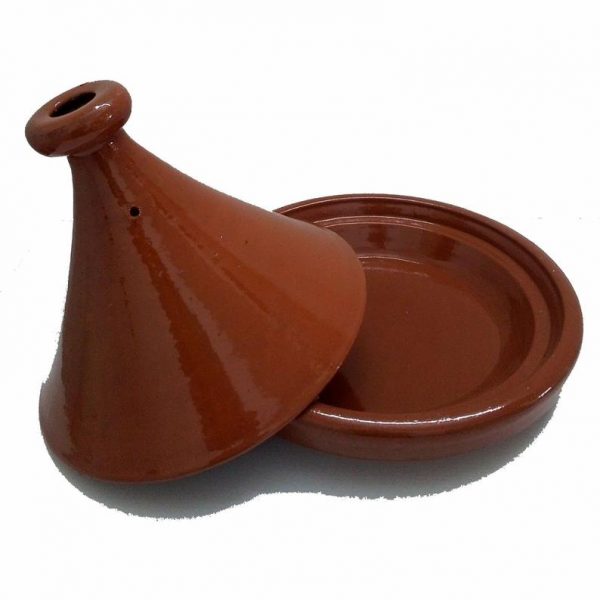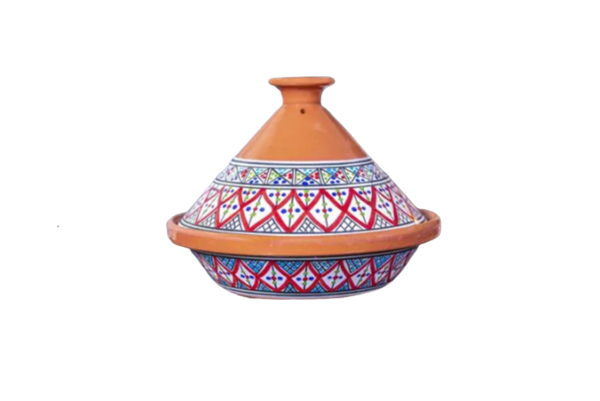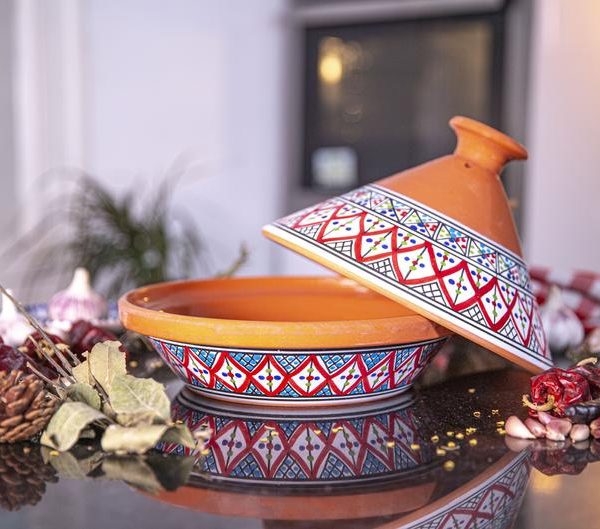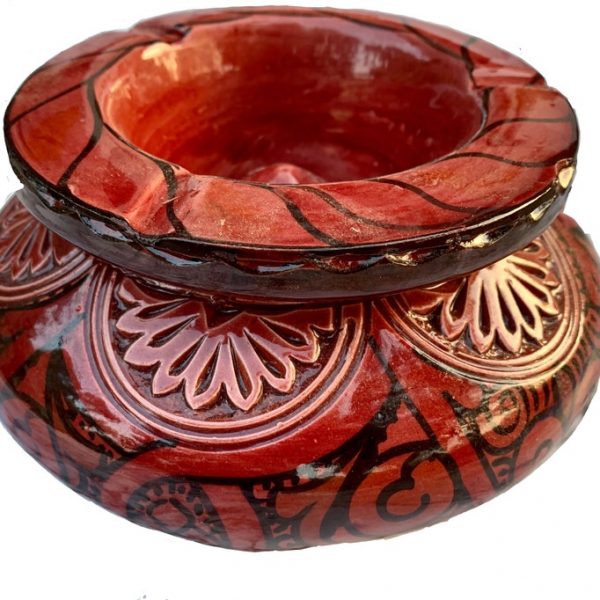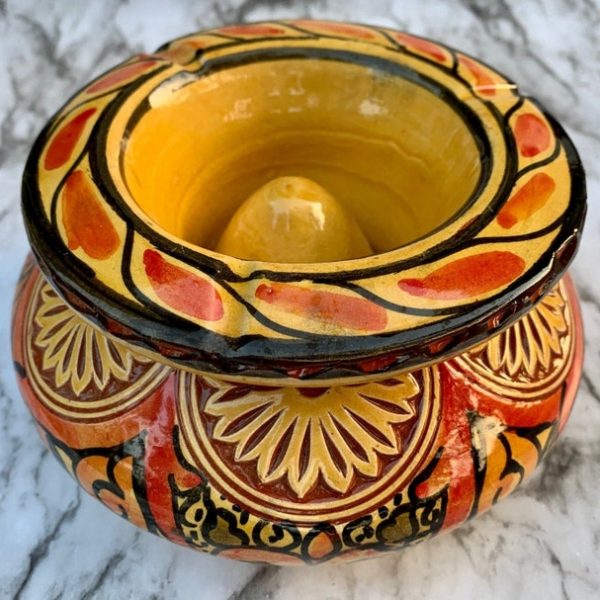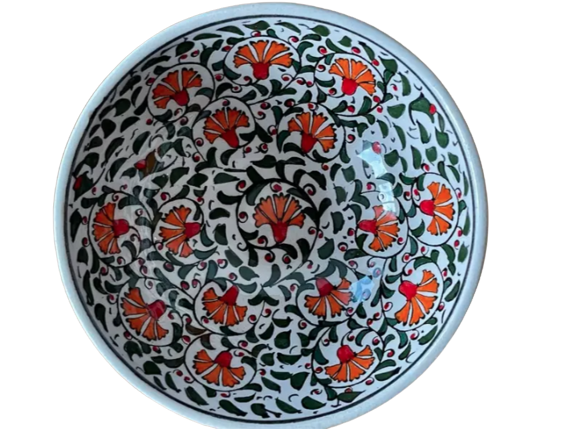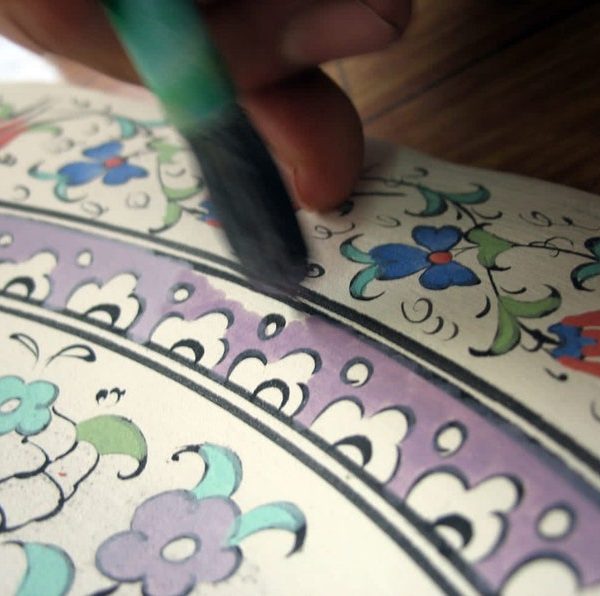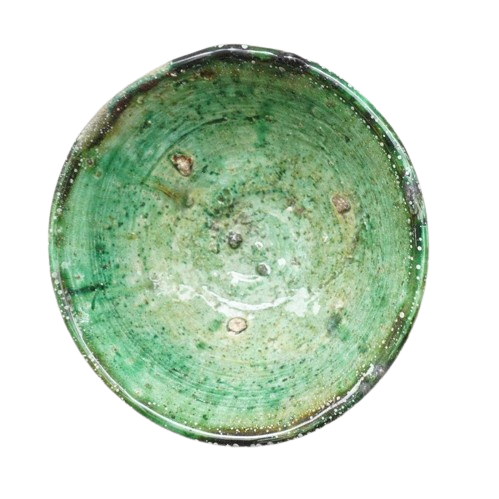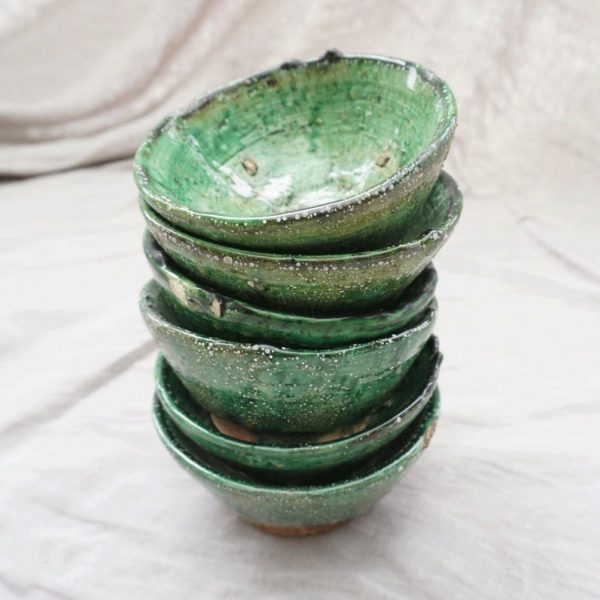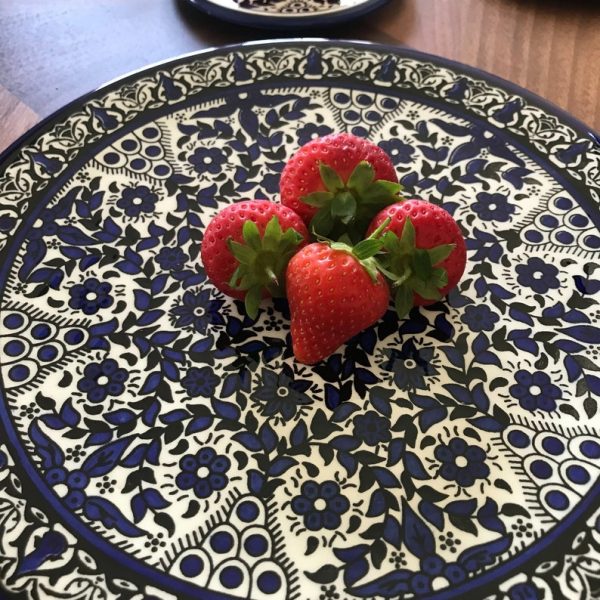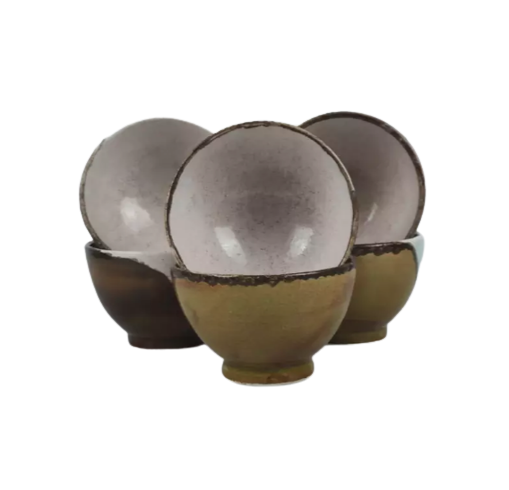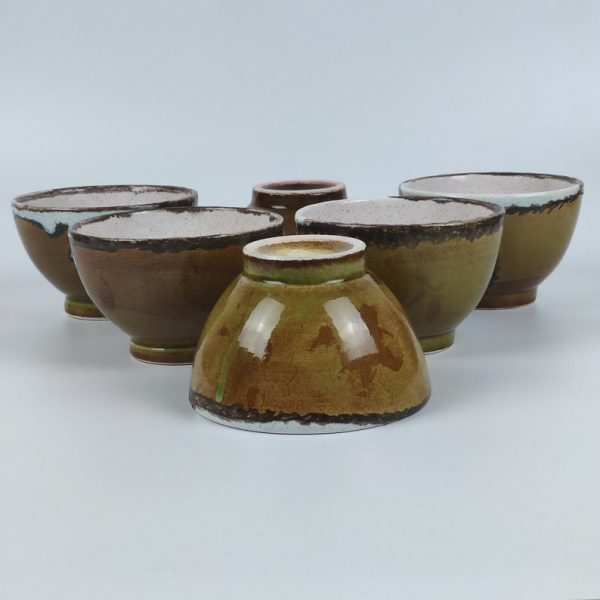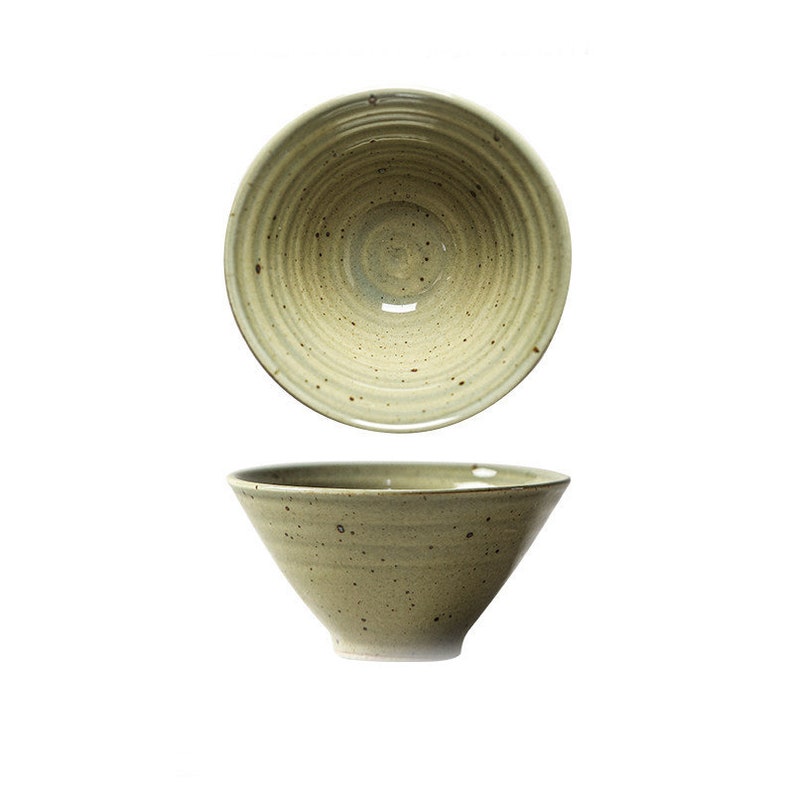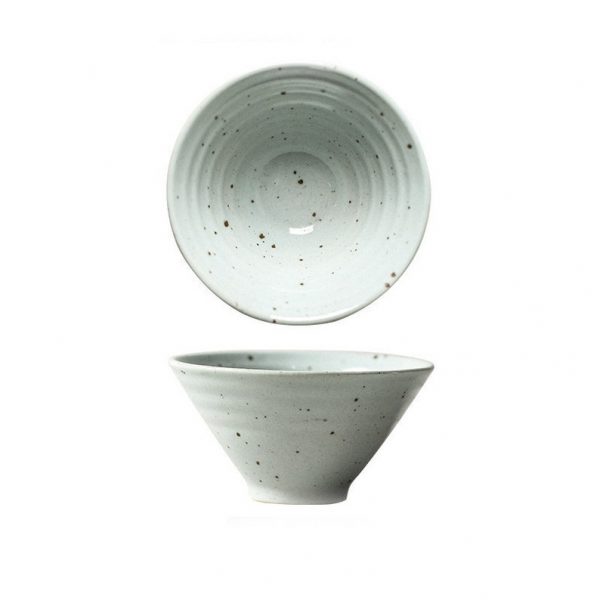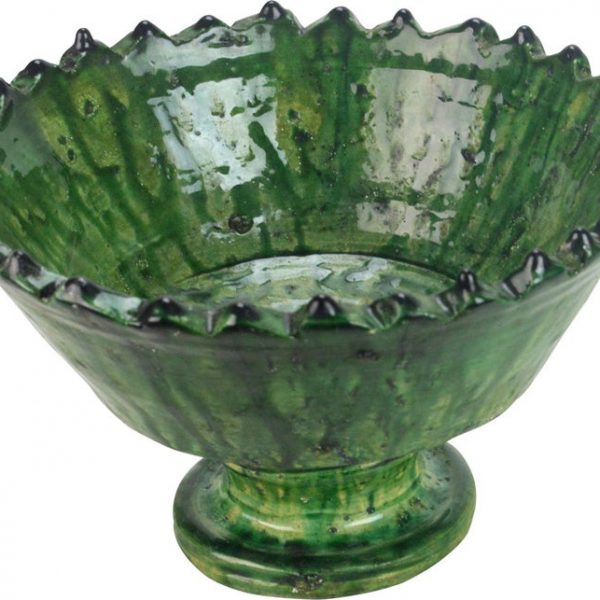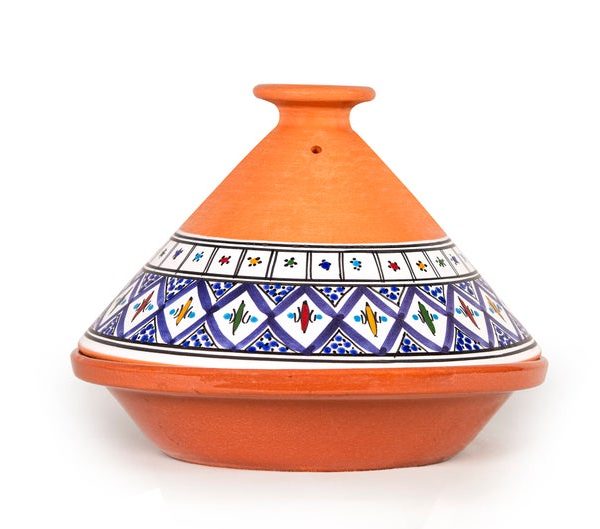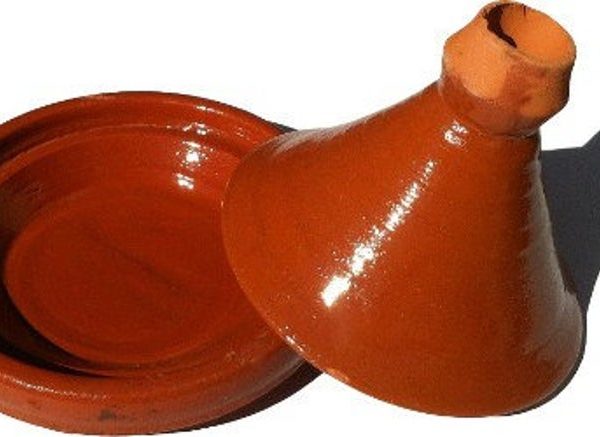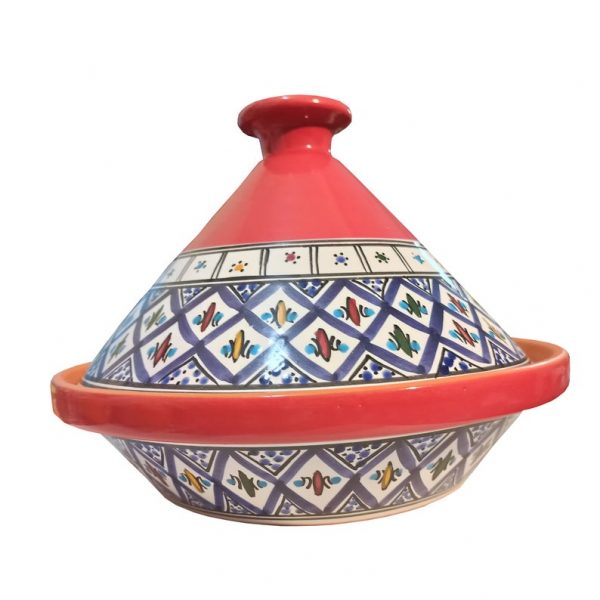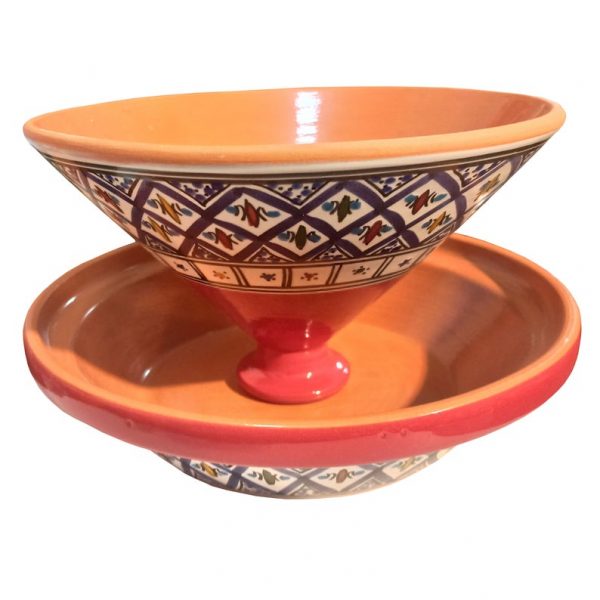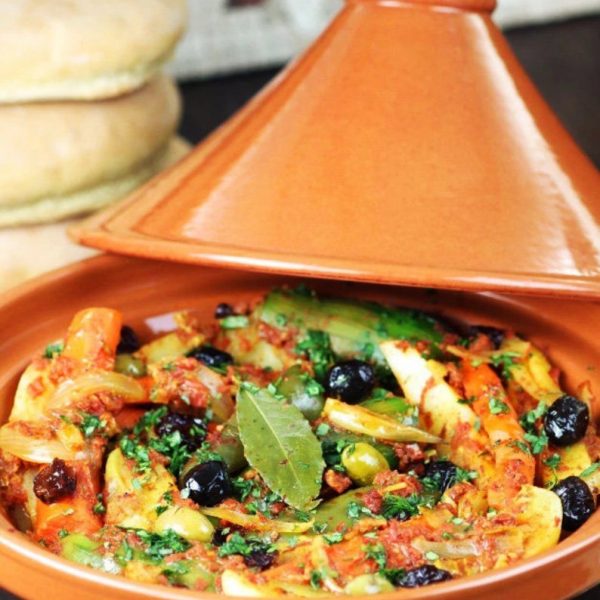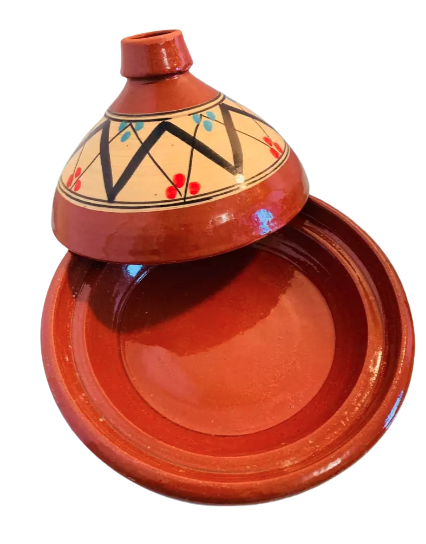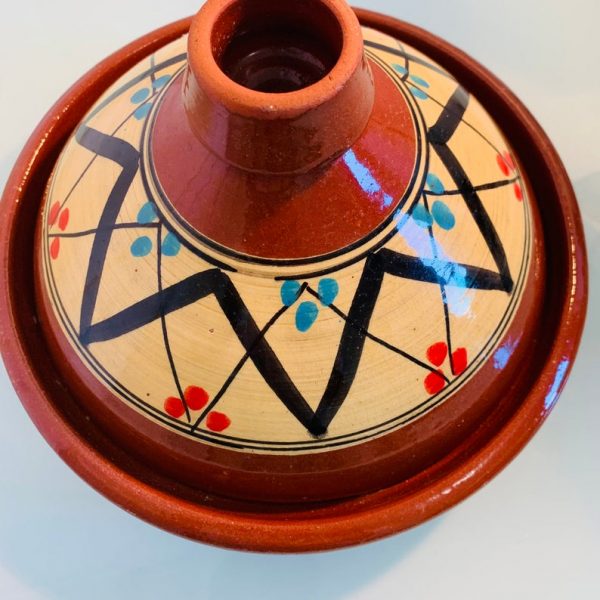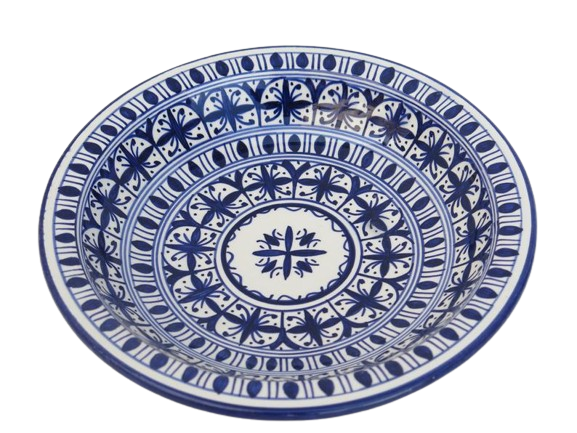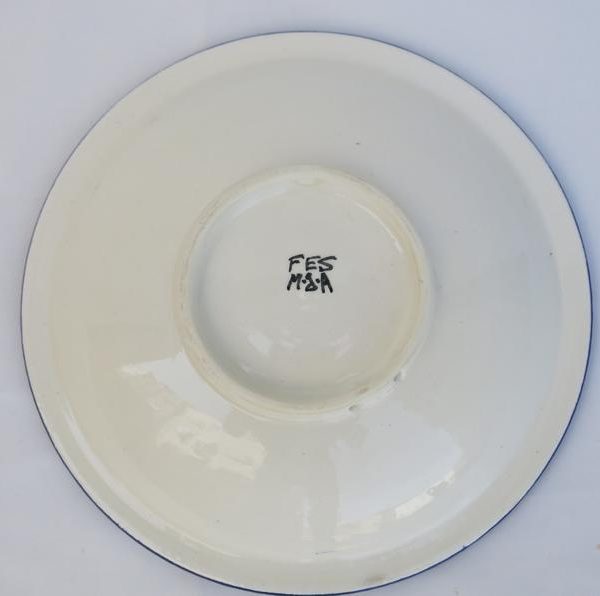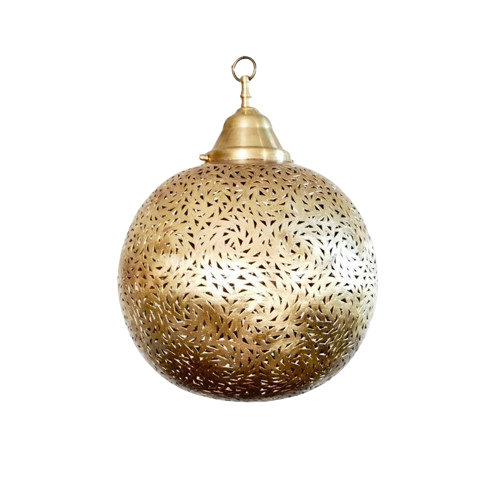Moroccan Pottery
A8 | Set Of 4 – Tamegroute Moroccan bowls
A8 | Set Of 4 – ceramic bowls of Fes
A8 | Set Of 4 – Brown Moroccan ceramic bowls
A8 | Set Of 4 – Bleu pétrole Moroccan ceramic bowls
A8 | Set Of 4 – Red Moroccan ceramic bowls
A8 | Set Of 4 – Purple Moroccan ceramic bowls
A8 | Set Of 4 – Pink Moroccan ceramic bowls
A8 | Set Of 4 – Blue Moroccan ceramic bowls
A8 | Set Of 4 – Black Moroccan ceramic bowls
A7 | Moroccan ceramic tagine dish
A7 | handmade and hand-painted Moroccan tagine dish
A7 | Handmade Moroccan ceramic Tajine dish from Fez
A7 | Handmade Moroccan ceramic tagine
A7 | Hand-painted Fes ceramic tagine dish
A7 | Handmade and hand-painted Fes ceramic tagine
A6 | Handmade and hand-painted moroccan vase
A6 | Moroccan ceramic maillechort/vase and maillechort.
A6 | Moroccan handmade and hand-painted
A6 | Moroccan vintage vase
A6 | Fes ceramic vase
A4 – Set Of 4 Moroccan Cups
A4 – Moroccan ceramic beldi cups
A4 – Moroccan Hand painted beldi cups
A4 – Hand painted moroccan beldi cups
A4 – Moroccan Handmade ceramic Cups
A4 – Moroccan beldi tea glasses with real gold border
A4 – Handmade and hand-painted Moroccan ceramic tea glasses
A3 – Handmade Moroccan ceramic salad bowl
A3 – Moroccan Handmade ceramic salad bowl
A3 – Fes Artisan ceramic salad bowl
A3 – Fes black and white ceramic salad bowl
A2 – Set of 6 Moroccan ceramic dessert dish handmade
A2| Set of 6 large handmade Moroccan plates
A2 – Moroccan set of 6 ceramics dinner flat handmade
A2 | Set of 6 Moroccan ceramic plates from Fes
A2 – Set of 6 Moroccan dinner plat
A2 | Set of 6 Blue hand-painted Moroccan ceramic plates
A2 | Set of 6 hand-painted Moroccan ceramic plates
A1 – Handmade ceramic main plate
A1 – Multicoloured Moroccan plates
Moroccan Clay Tagine
Clay Tagine Dish
Moroccan Colourful Tagine
Tagine Clay Pot For Sale
Moroccan Medium Tagine Pot
Moroccan Large Hand Painted Tagine Pot
Moroccan Pottery Tagine Dish
Moroccan Traditional Tagine Pot
Moroccan Bohemian Kitchen Tagine
Ceramic Bowls – Salad Bowls ( 16 cm Diameter )
Large Tamegroute Bow
Moroccan Blue Ceramic Serving Dish
Set of 6 Handmade Ceramic Sauce Bowls
Stoneware Bow With Ring Texture
Tamegroute Bowl
Large Moroccan Tagine Pot
Handmade Tajine Morocco
Tagine HandMade
Moroccan Tagine Pot Tajine
Moroccan Tagine Pot For Cooking
Moroccan Pottery Bowls
Moroccan Pottery
Moroccan Ceramic
Browse our exquisite collection of traditional Moroccan pottery, Moroccan ceramics, Moroccan Fez platters and Berber Design bowls and platters, moroccan vases pottery,ideal to serve fruit or large salads. Each ceramic piece is unique because it features techniques and influences from different regions in Africa inspired by ancient art and architecture. All Moroccan pottery can be used for serving or on display in your home. Casablanca Market brings you accent pieces 100% handmade by Moroccan artisans utilizing techniques passed down from generation to generation.
Moroccon pottery
Moroccan pottery is a centuries-old tradition that is still alive and well in the country today. The art of pottery-making in Morocco has its roots in the ancient Berber civilization, which existed in the region before the arrival of the Arabs in the 7th century. The Berbers passed down their knowledge of pottery-making to the Arabs, and the craft has evolved over time to include a wide variety of styles and techniques.
Morocco pottery
One of the most famous types of Moroccan pottery is the “zillij” tilework, which is made using small, intricately-designed tiles that are arranged to create beautiful patterns. These tiles are often used to decorate the walls and floors of traditional Moroccan homes and buildings, and they can also be found in many mosques and palaces throughout the country.
Morroccan pottery
Another popular type of Moroccan pottery is the “Taznakht” rugs, which are known for their bold geometric patterns and bright colors. These rugs are made by weaving together small pieces of fabric, and they are traditionally used as floor coverings or wall hangings.
Moroccan vases pottery
Another traditional art form is pottery from Safi. The pottery from Safi is known for its bright colors and intricate designs, and it is made using a technique called “cuerda seca” which involves using a resist to prevent the glaze from adhering to certain parts of the pot.
Moroccan ceramics
The pottery of Marrakech is also quite famous, it is known for its intricate designs and vibrant colors. Potters in Marrakech use a technique called “tadelakt” to create smooth, waterproof surfaces on their pottery. This technique involves applying a mixture of lime, water, and crushed marble to the pottery and then polishing it to a high shine.
Pottery is not only used for decorative purposes, but also for practical uses such as for storage, cooking and serving food. The pots and pans are made from clay that is dug from the earth and then shaped by hand into the desired form. They are then left to dry in the sun before being fired in a kiln.
Moroccan pottery is a rich and diverse art form that has its roots in the ancient Berber civilization. Today, it continues to thrive, with many artisans working to create beautiful and functional pieces that are enjoyed by locals and tourists alike. Whether you’re looking for traditional tiles, colorful rugs, or practical cookware, Moroccan pottery has something to offer everyone.
You sent
Green moroccan pottery
Moroccan pottery is not only a beautiful art form but also a cultural symbol that represents the country’s history and heritage. The intricate designs and patterns found on Moroccan pottery often reflect the country’s diverse influences, including Berber, Arabic, and African cultures.
One of the most famous centers for Moroccan pottery is the city of Fez, where potters have been creating traditional ceramics for centuries. The pottery from Fez is known for its delicate and intricate geometric patterns, which are created using a technique called “fes ceramics.” This technique involves using a small brush to paint the designs onto the pottery before it is glazed and fired.
Another important center for Moroccan pottery is the city of Meknes, which is known for its “Meknes ceramics.” Meknes ceramics are known for their bold colors and intricate designs, which often feature geometric patterns and stylized flowers and animals.
Ceramic pottery for sale
In addition to traditional Moroccan pottery, there are also many contemporary artisans who are pushing the boundaries of the craft and experimenting with new techniques and materials. These artists are often inspired by traditional Moroccan pottery but also incorporate modern styles and designs.
Moroccan pottery is not only a popular tourist souvenir but also a valuable addition to any art collection. The pottery can range from simple and functional pieces to highly decorative and intricate works of art. Many of these pieces are unique and one-of-a-kind, making them highly sought after by collectors.
In addition to being a decorative art form, Moroccan pottery is also an important aspect of the country’s economy. The pottery industry employs thousands of people and is a major source of income for many families. Pottery-making is often passed down from generation to generation, ensuring that the tradition continues to thrive.
Moroccan pottery is a rich and diverse art form that has played an important role in the country’s history and culture. From traditional ceramics to contemporary pieces, Moroccan pottery offers something for everyone. Whether you’re looking for a practical piece of cookware or a decorative work of art, Moroccan pottery is sure to impress.
You sent
Fes pottery is known for its intricate geometric patterns and delicate designs, which are created using the traditional “fes ceramics” technique. This technique involves using a small brush to paint the designs onto the pottery before it is glazed and fired. The pottery of Fes is highly sought after by collectors and tourists alike, due to its intricate designs and the skill and precision required to create them.
Fez pottery is made using natural clay that is sourced from the surrounding hills, this clay is then mixed with water and other materials such as straw to form the pottery. The pottery is then left to dry in the sun before being fired in a kiln. The firing process can be done in a traditional way, where the pottery is heated with wood, or in a modern way, where gas is used as the heating source.
Fes pottery is known for its vibrant colors, which are achieved through the use of natural pigments. The pigments are derived from minerals and plants, which are found locally. These pigments are mixed with the glaze before it is applied to the pottery. The pigments create a unique and beautiful finish on the pottery and also give it a natural and authentic feel.
Fez pottery is not only used for decorative purposes but also for practical uses such as for cooking and serving food. The pottery is known for its ability to retain heat, which makes it ideal for cooking. The pottery is also often used to serve food and drinks, as it keeps the food and drinks warm for a longer period of time.
Fes pottery is not only a beautiful art form but also an important aspect of the city’s economy. Many families in Fes rely on the pottery industry for their livelihoods. The pottery industry is also an important source of income for the city, as it attracts many tourists who come to see the pottery being made and to purchase the pottery as souvenirs.
Fes pottery is a unique and beautiful art form that has played an important role in the city’s history and culture. The intricate designs and vibrant colors of Fes pottery are created using traditional techniques and natural materials. Fes pottery not only serves as a decorative piece but also as a practical and functional item. The pottery industry in Fes is an important aspect of the city’s economy and the tradition of Fez pottery is passed down from generation to generation, ensuring that the art form will continue to thrive for many years to come.
Moroccan Pottery, Tagines & Ceramics
Most of our pottery and ceramic items are one of a kind. They are made with lots of precision and detail. You can choose from metal inlaid, camel bone inlaid, or simply glazed pottery. If you don’t see what you are looking for, please contact us. We may just have that one piece here in stock.
See Our Moroccan Sink , Moroccan pouf , And Moroccan Lamps Collections
